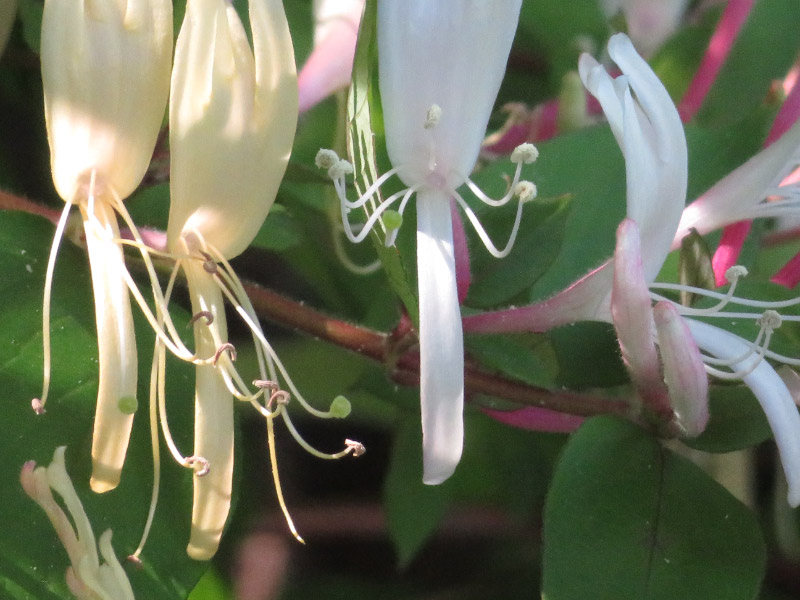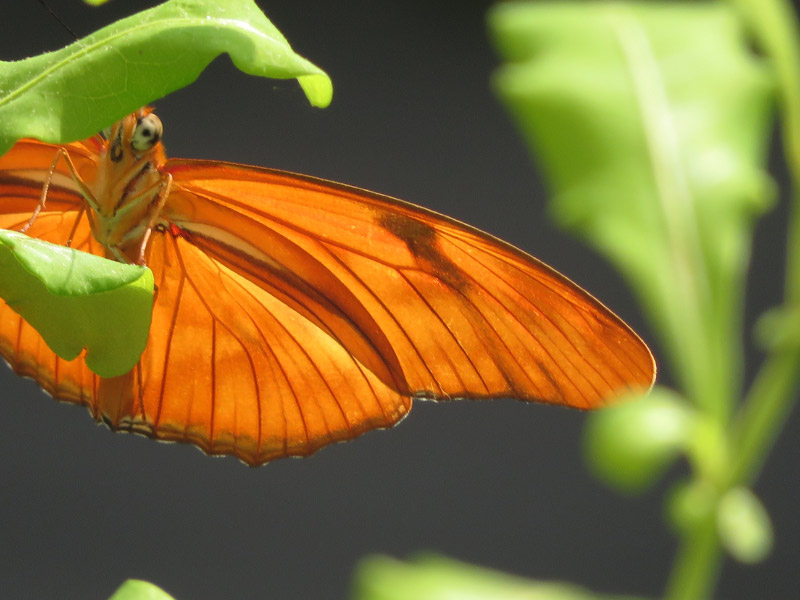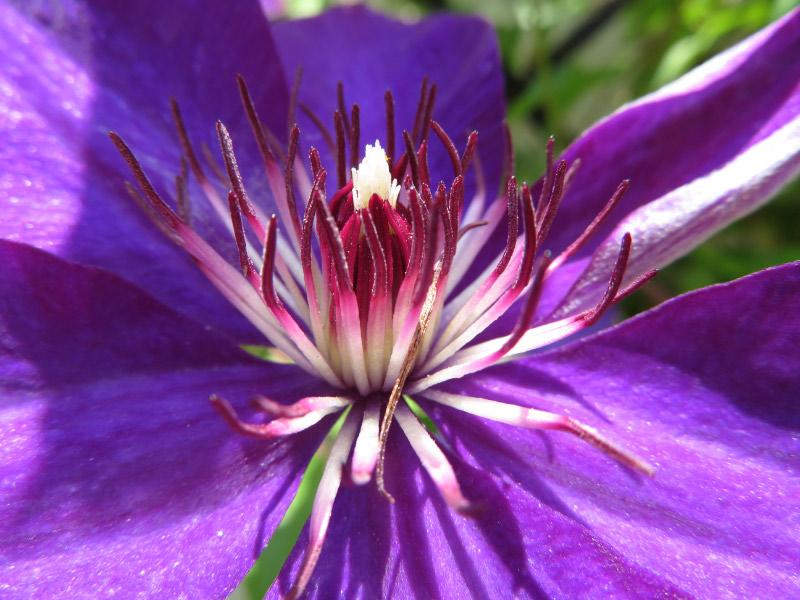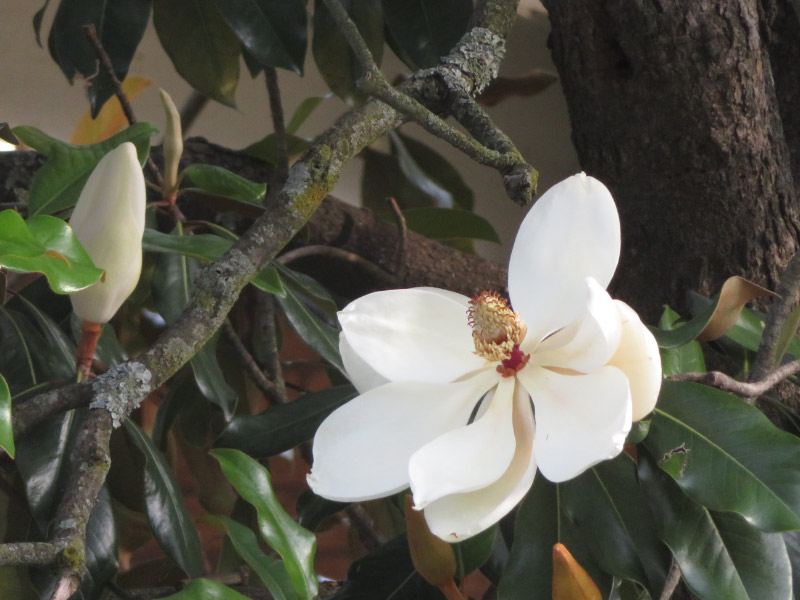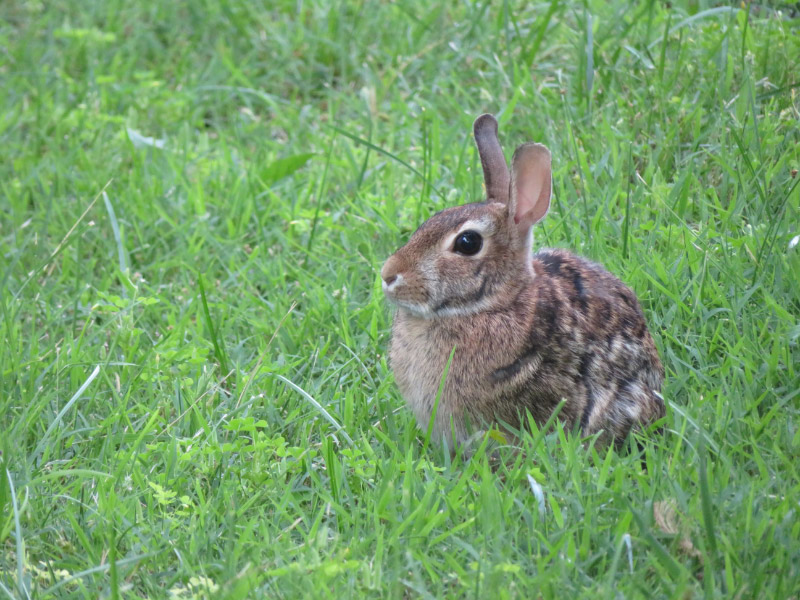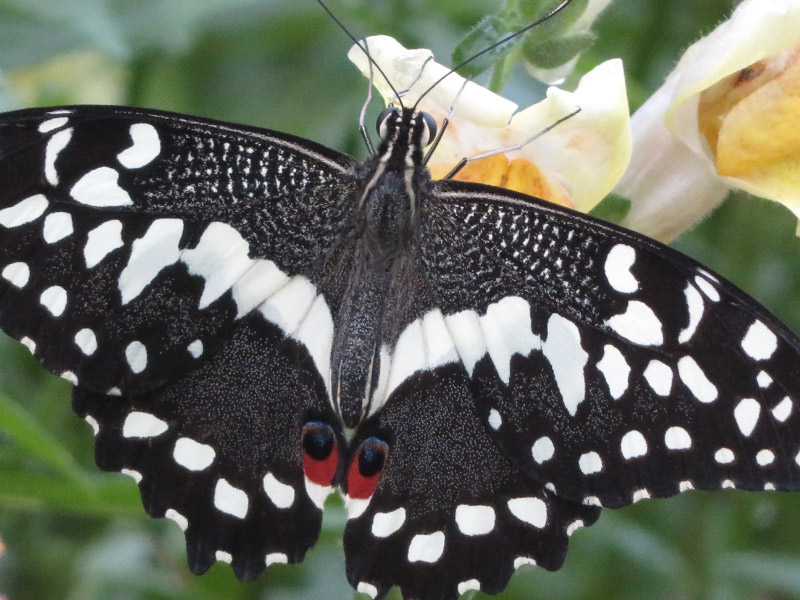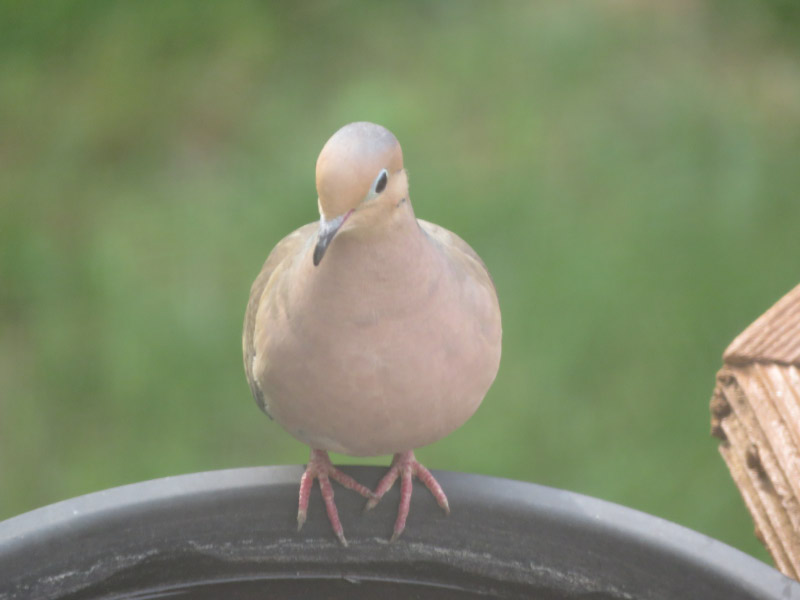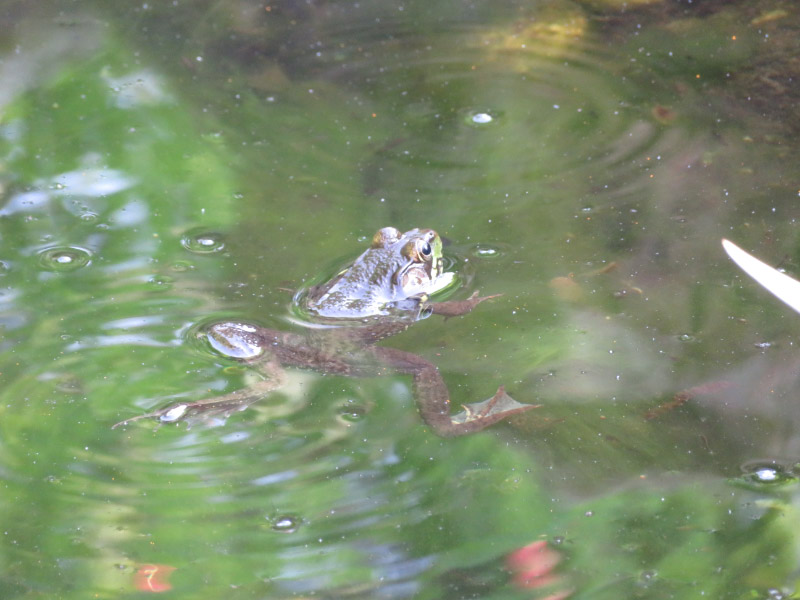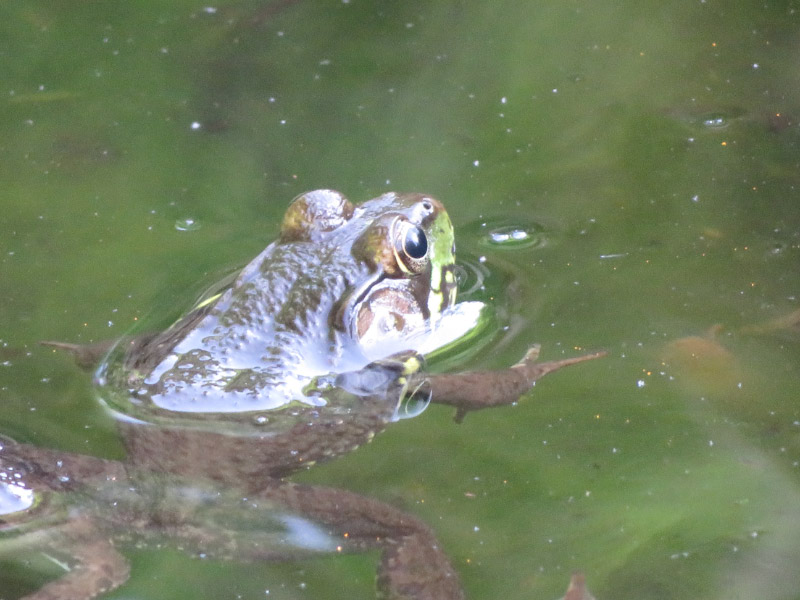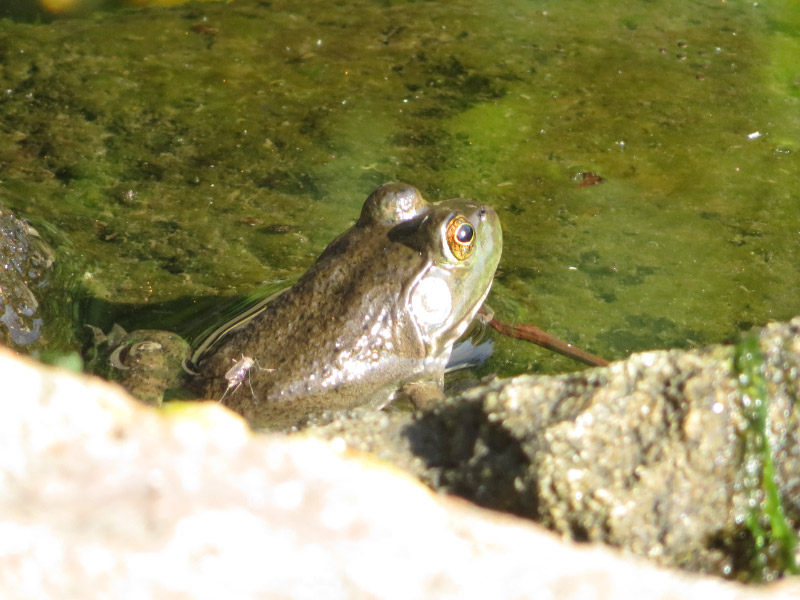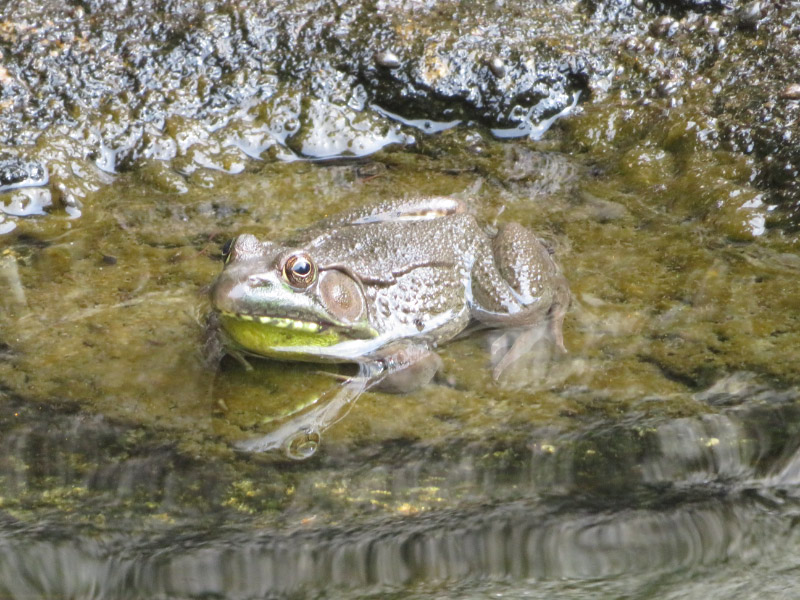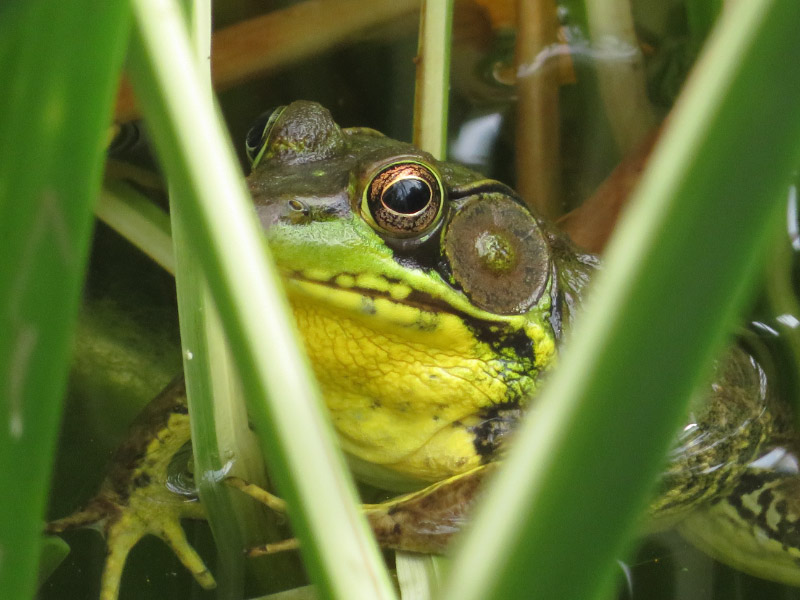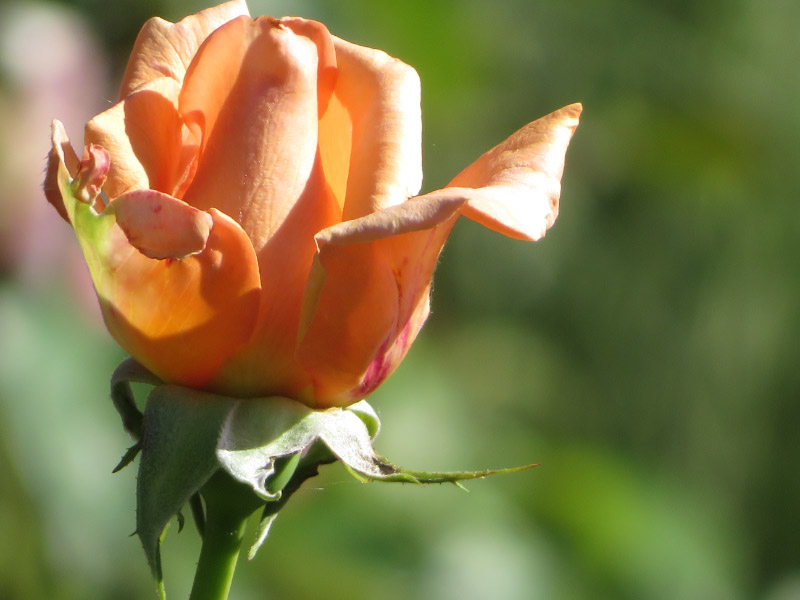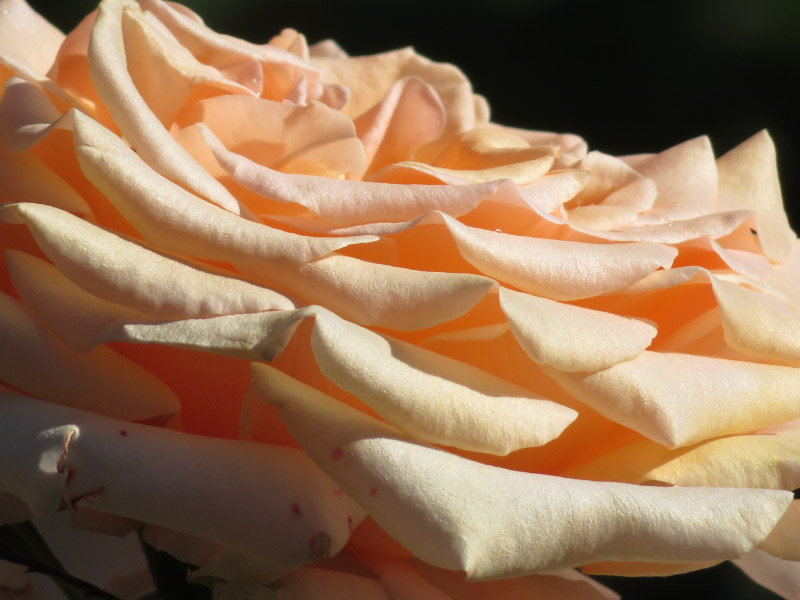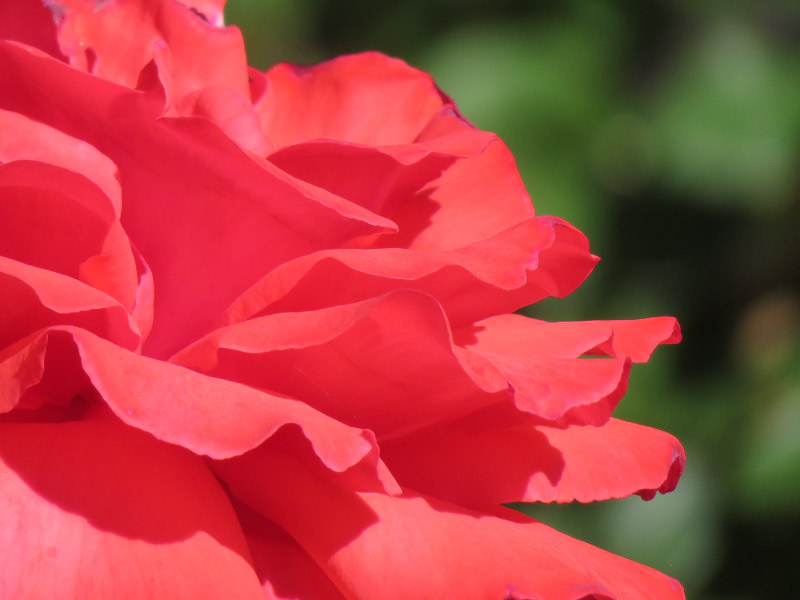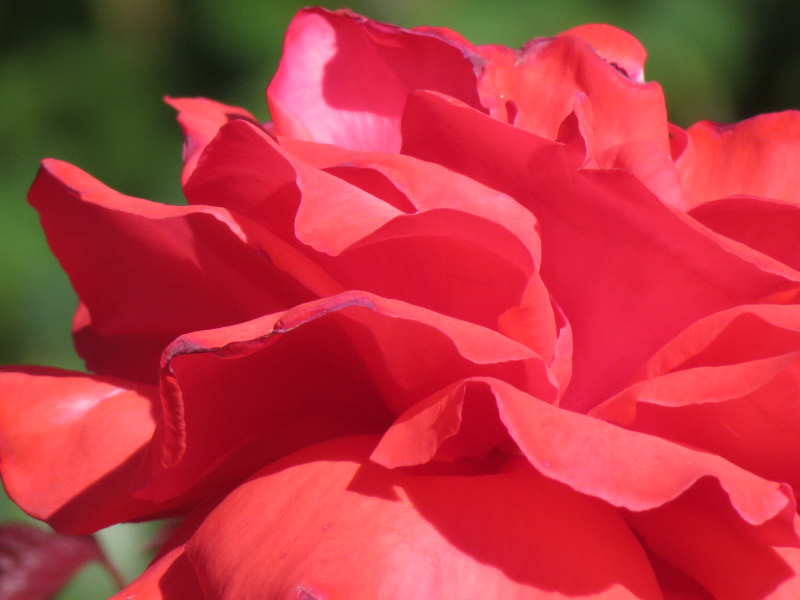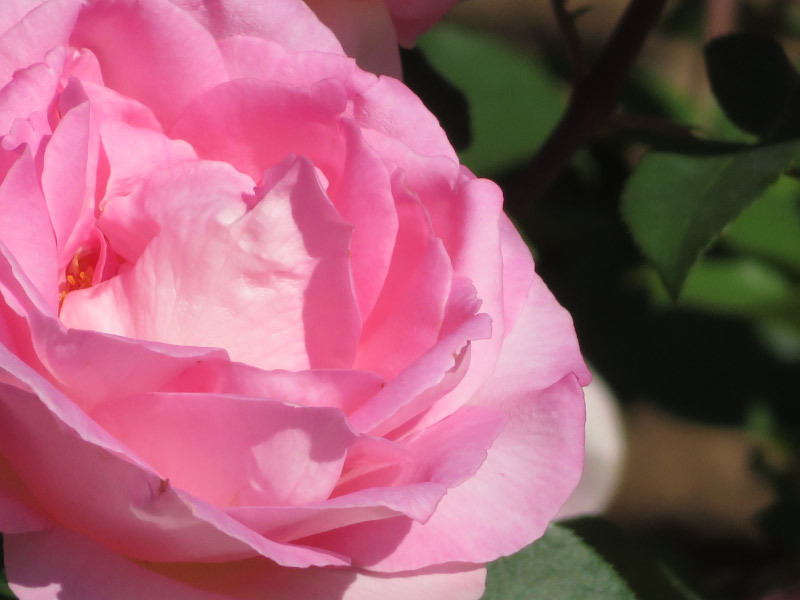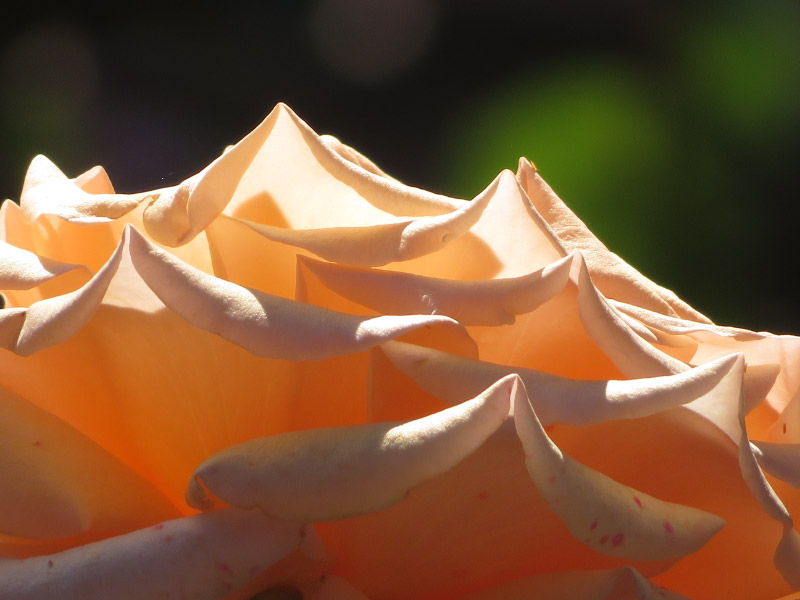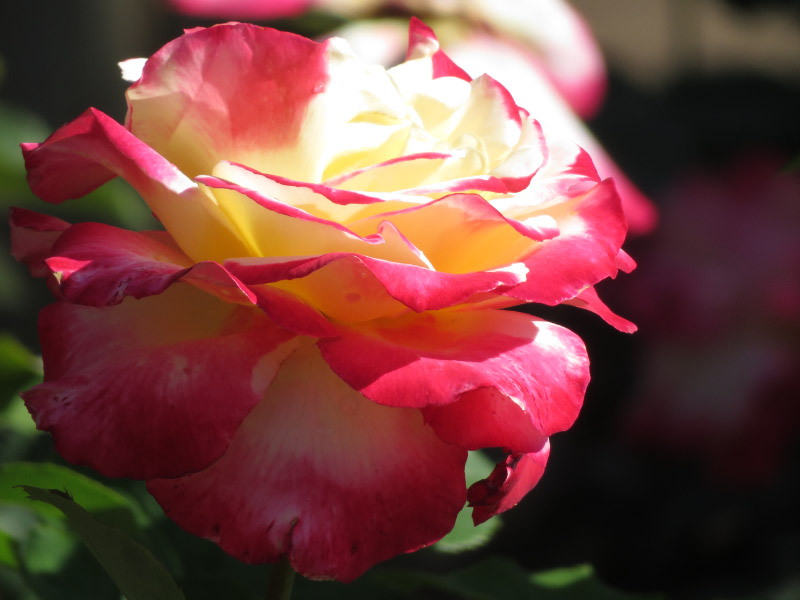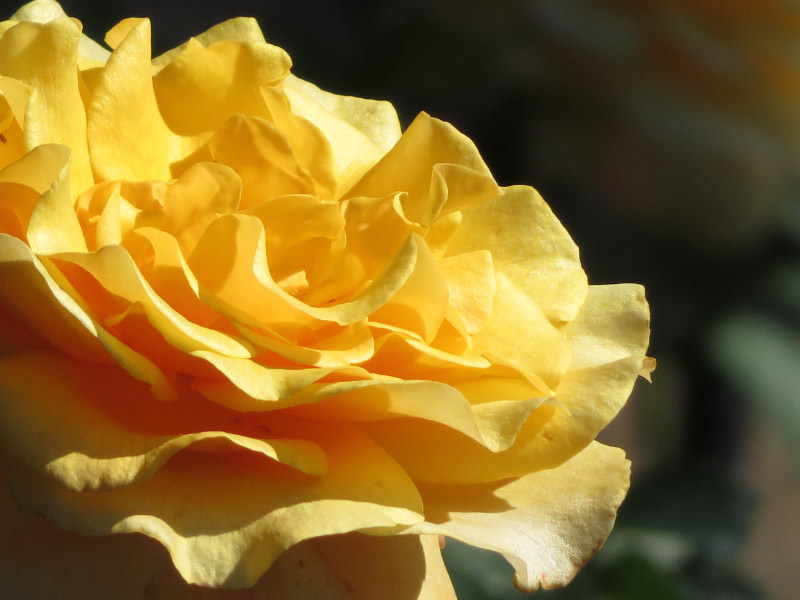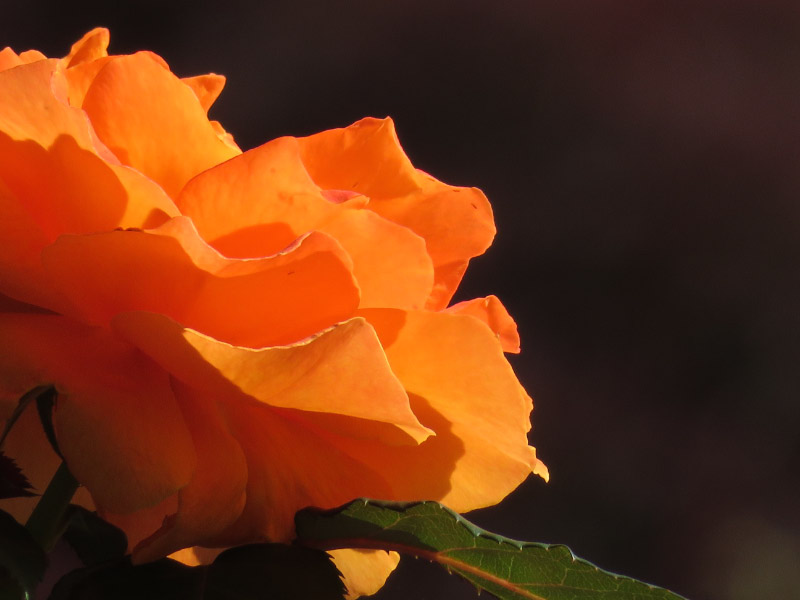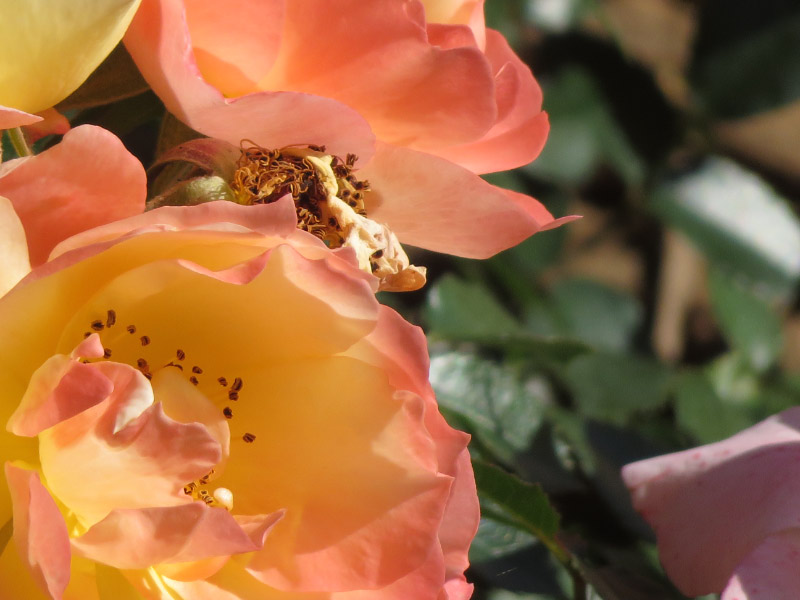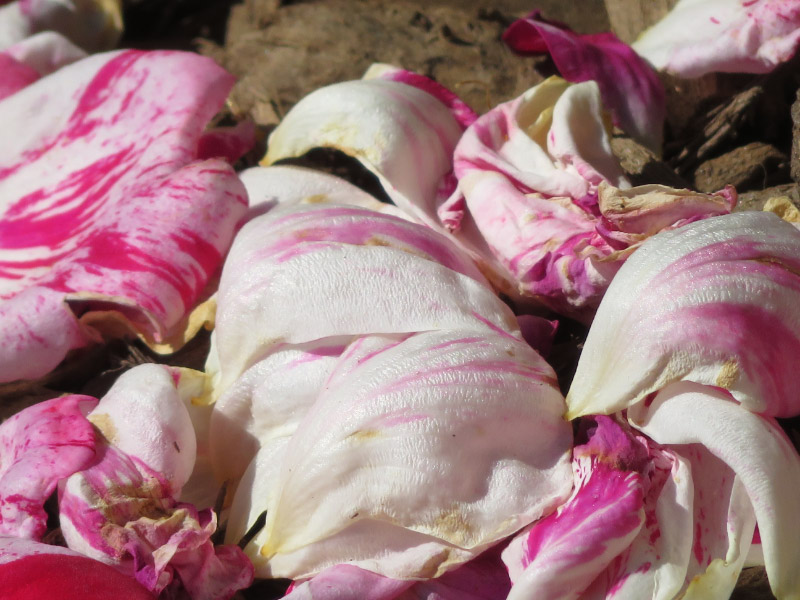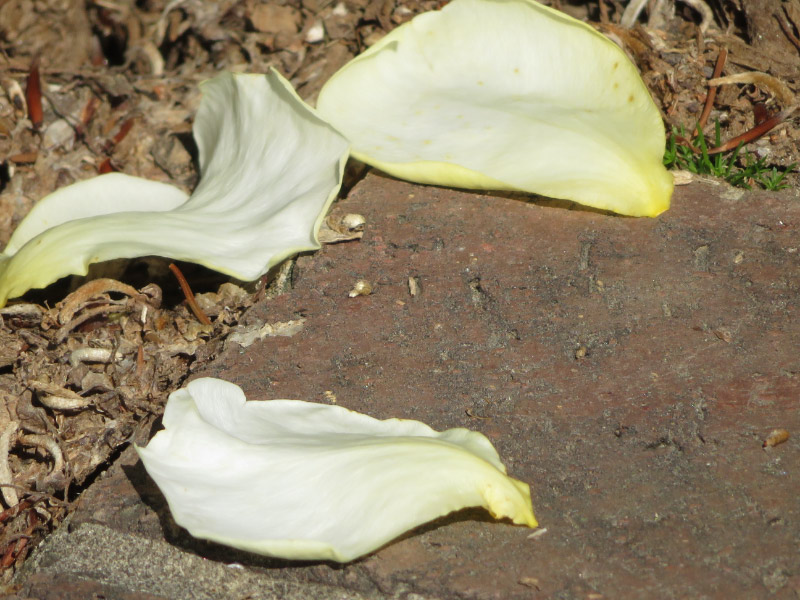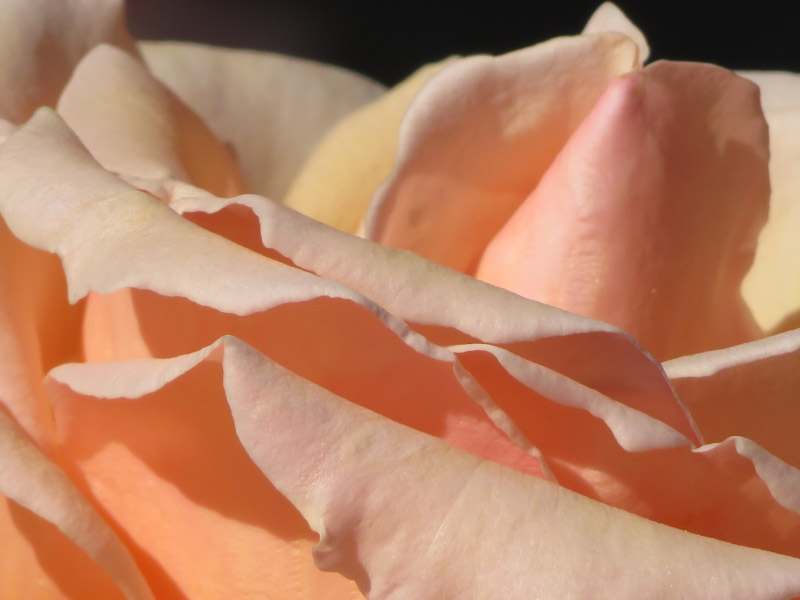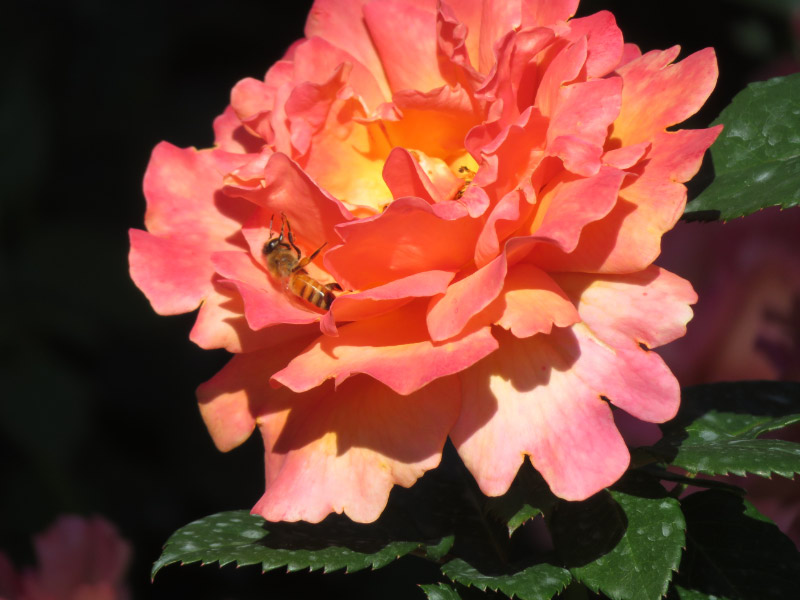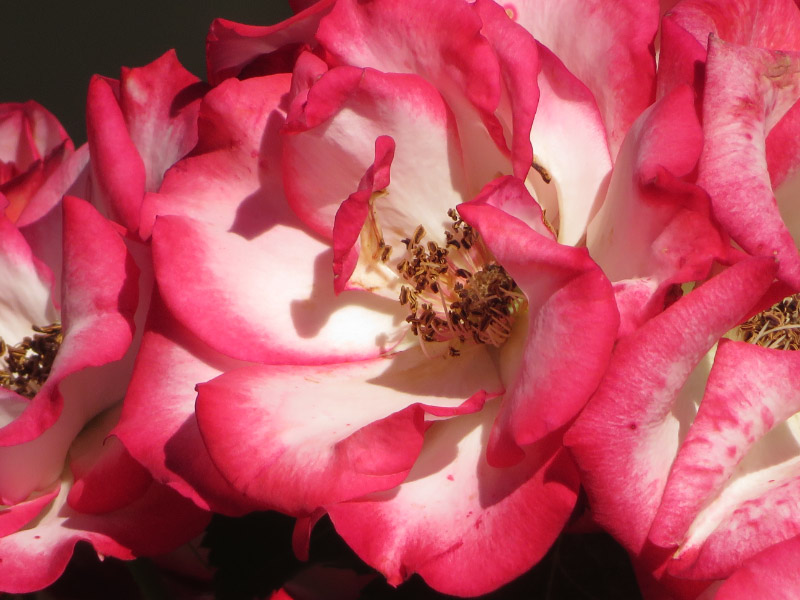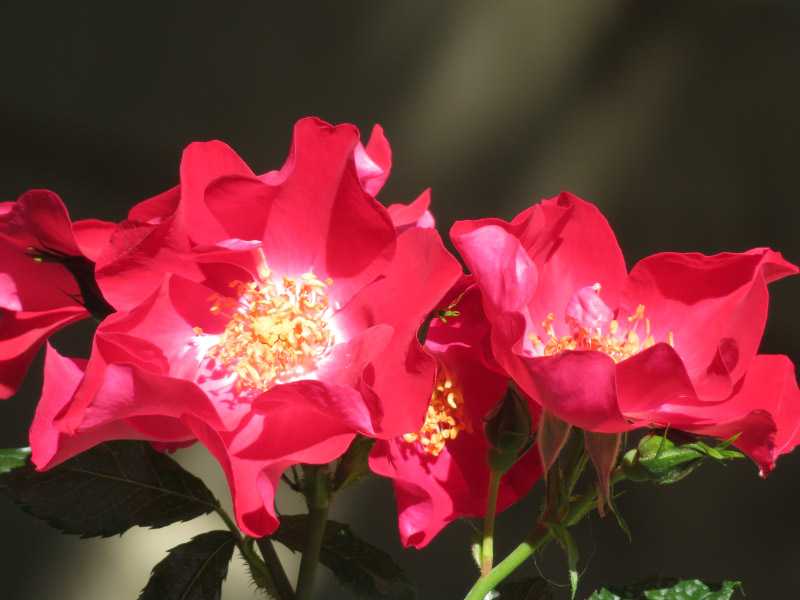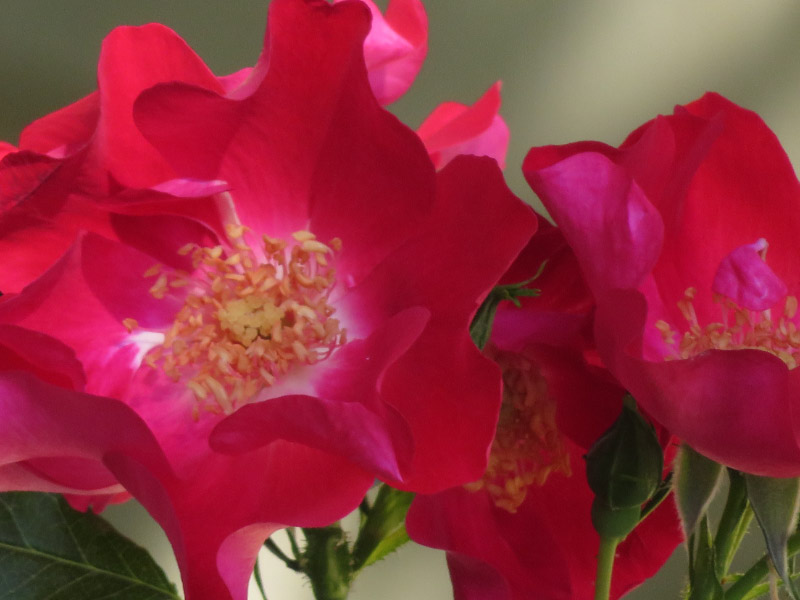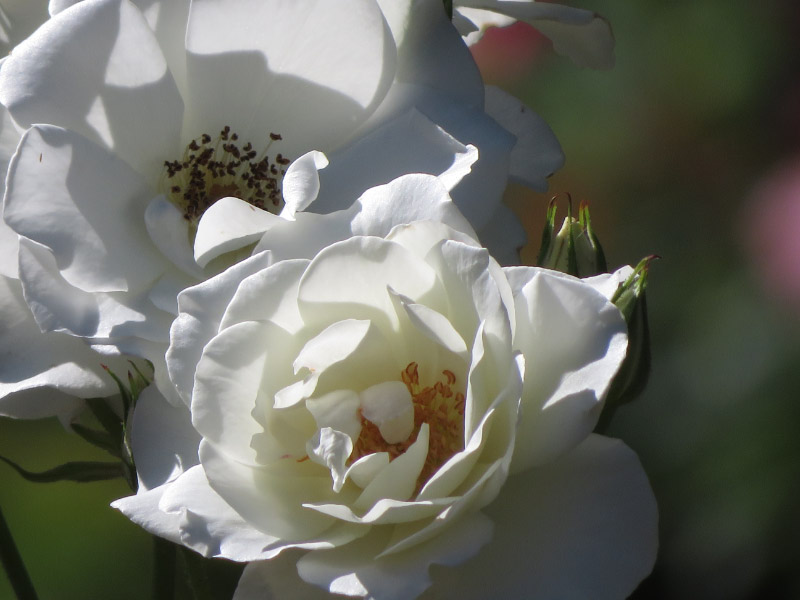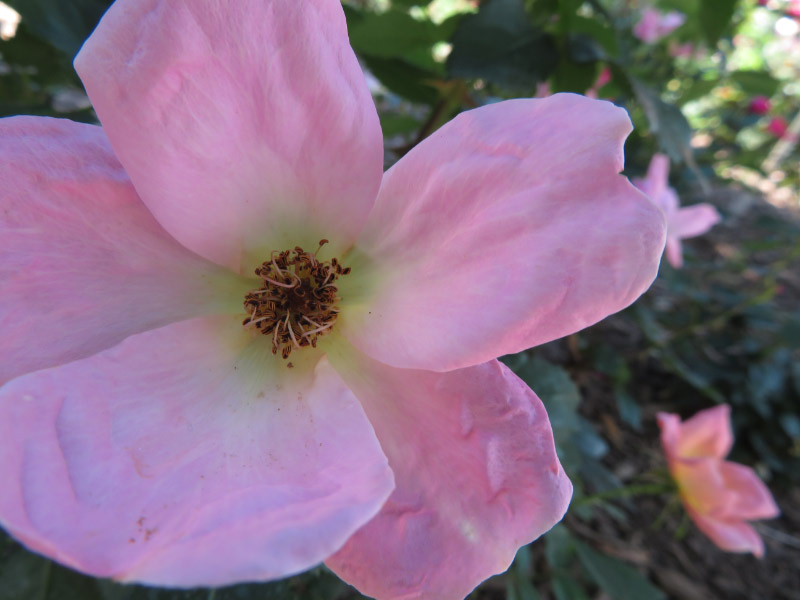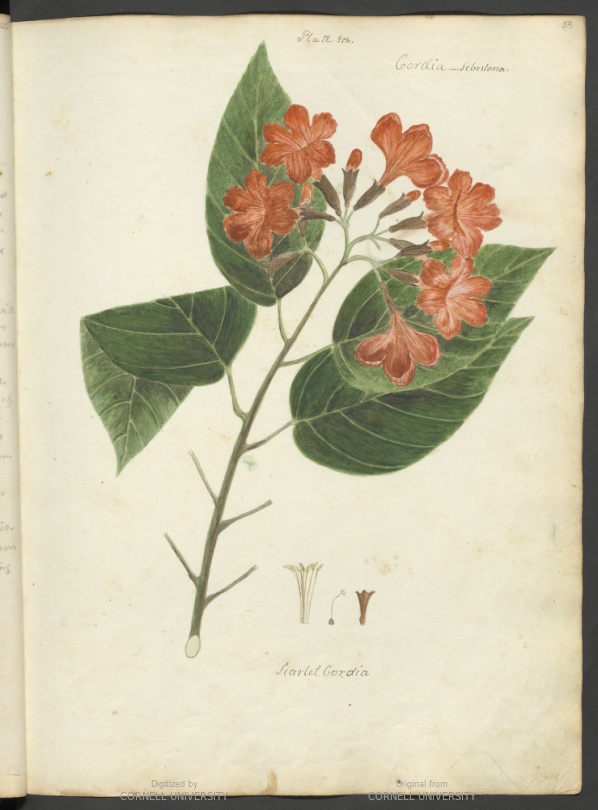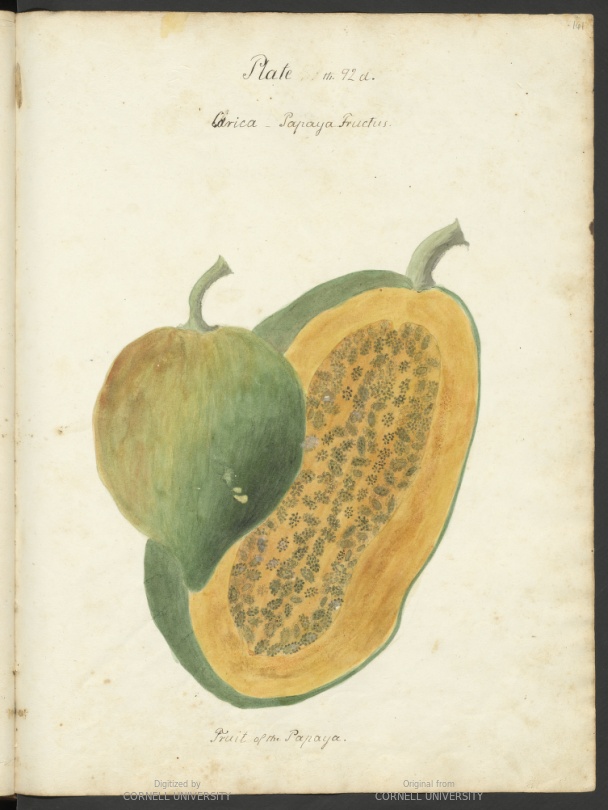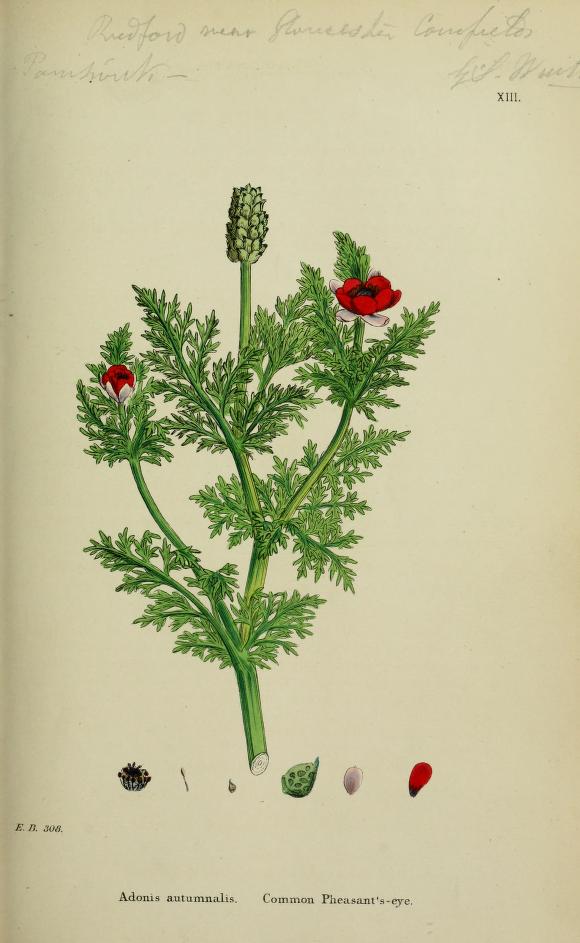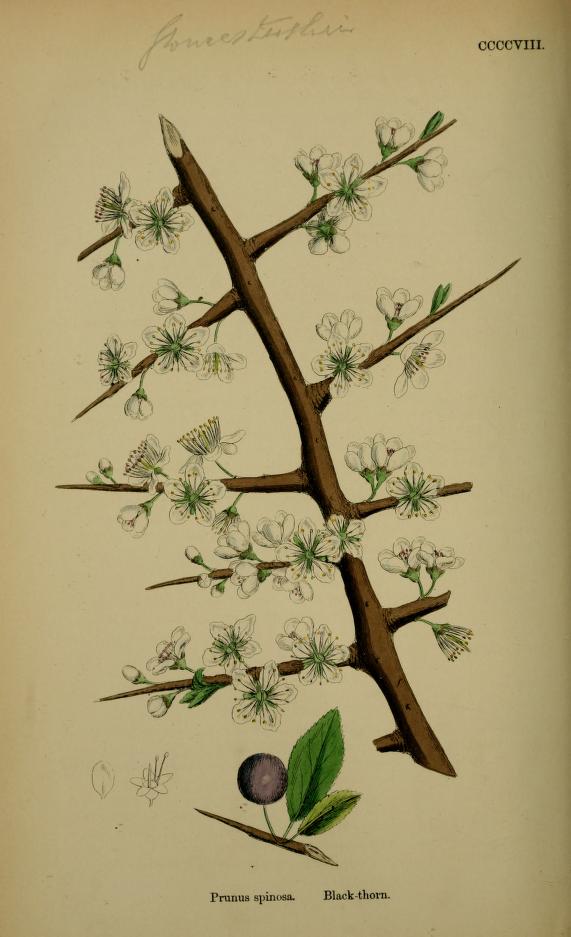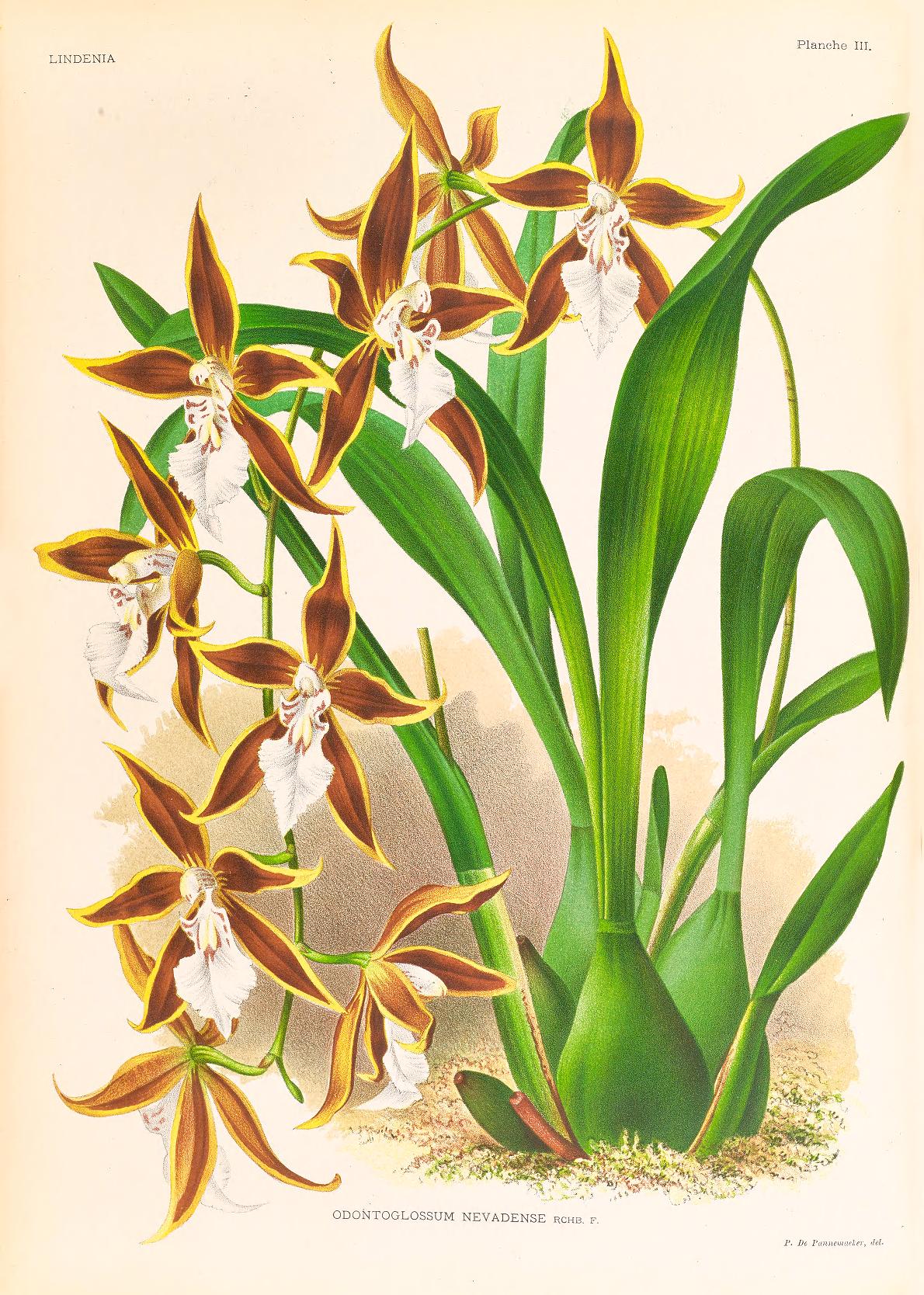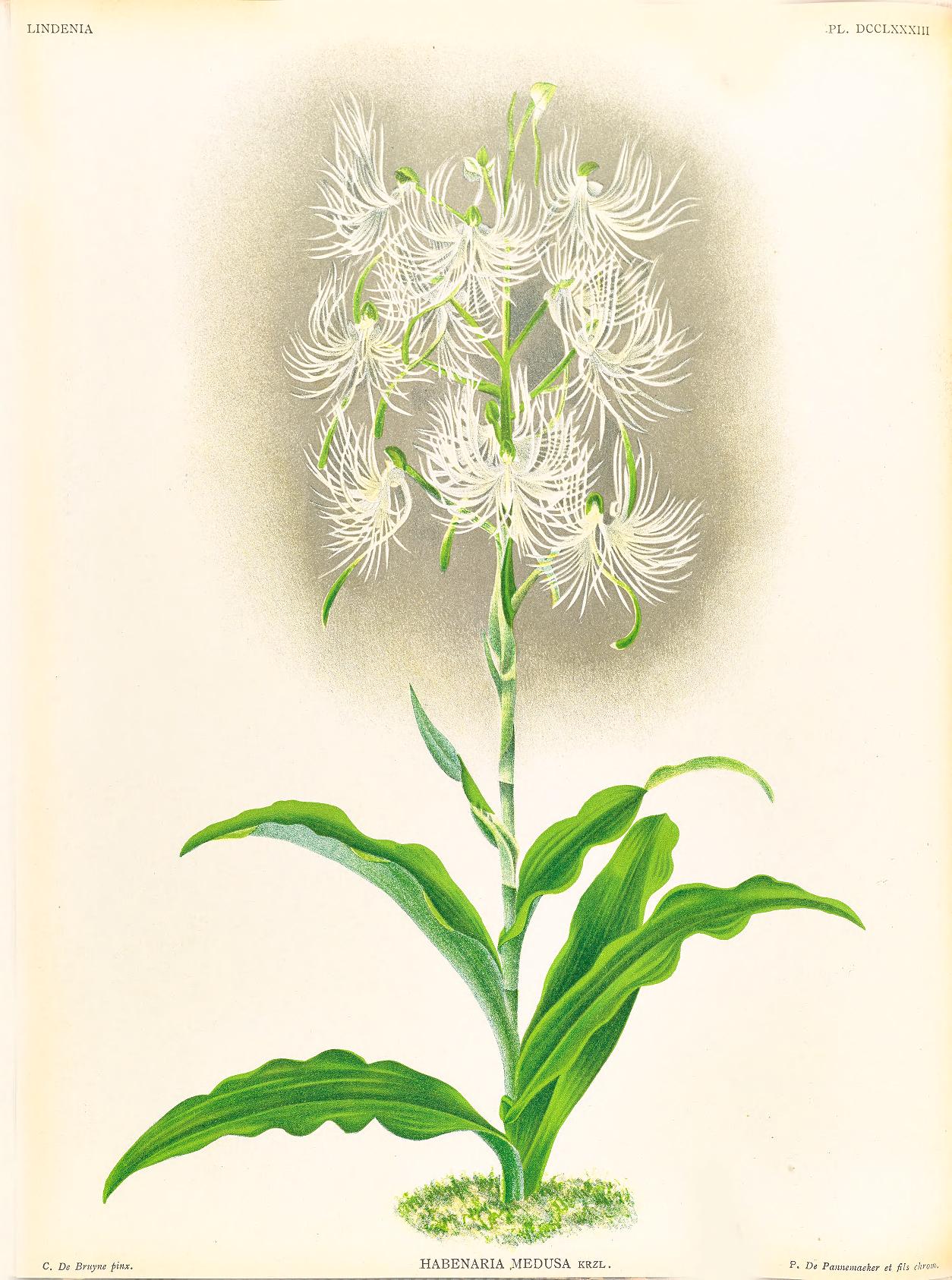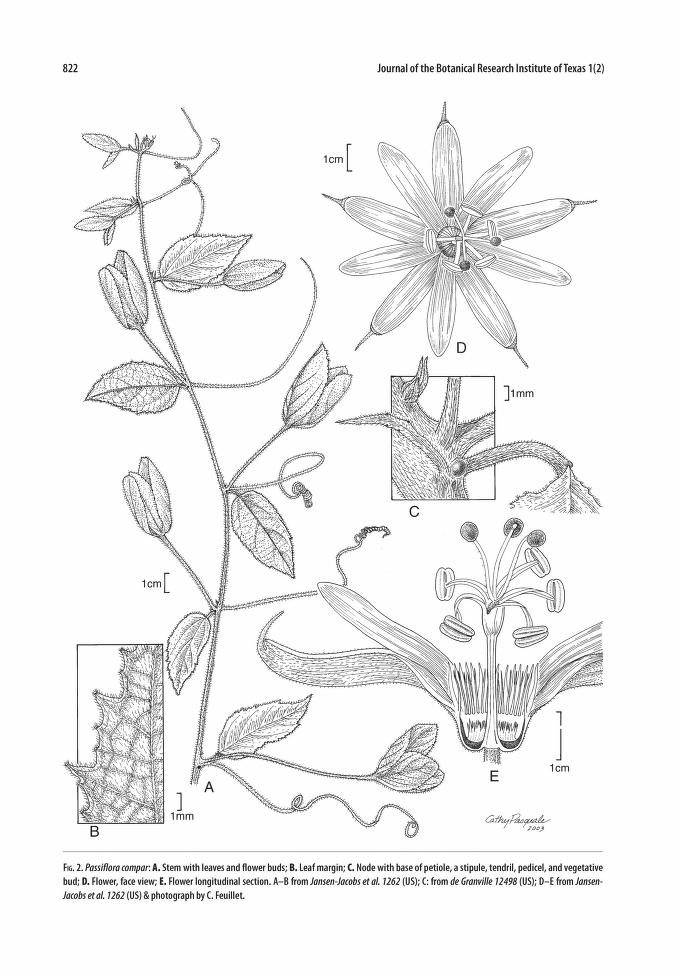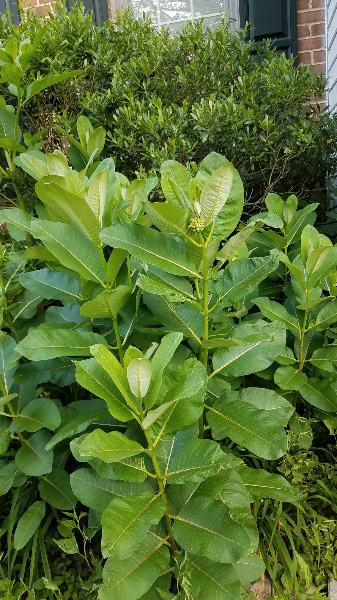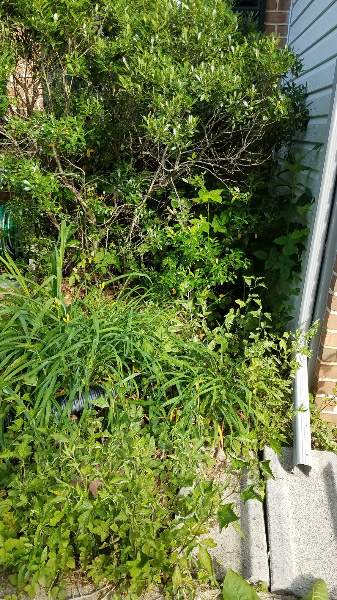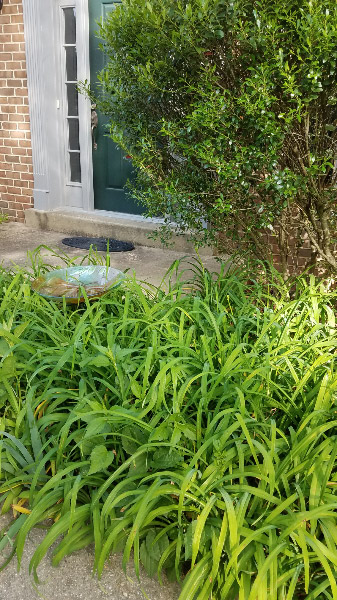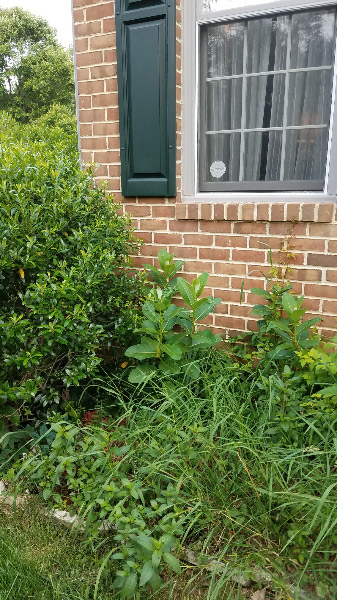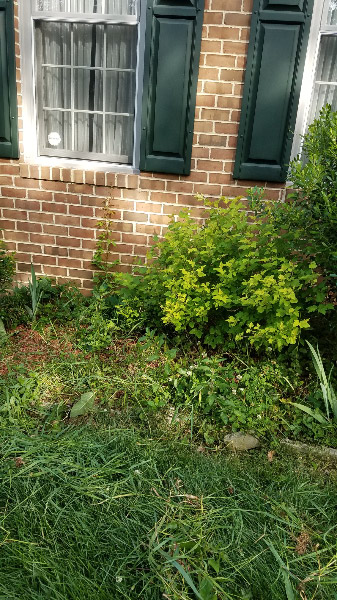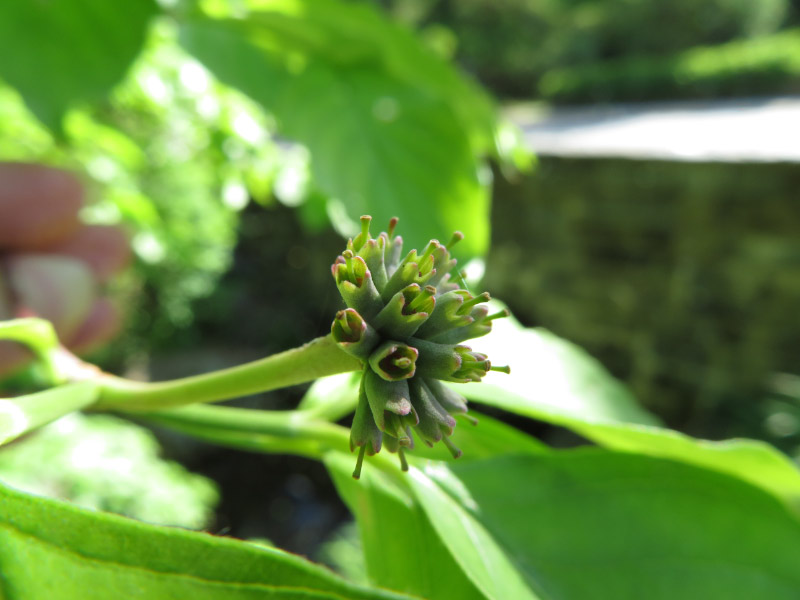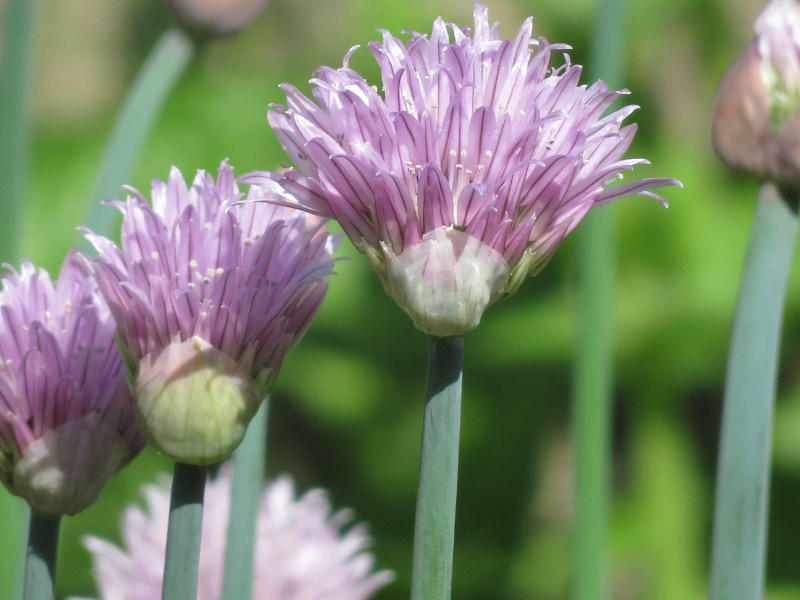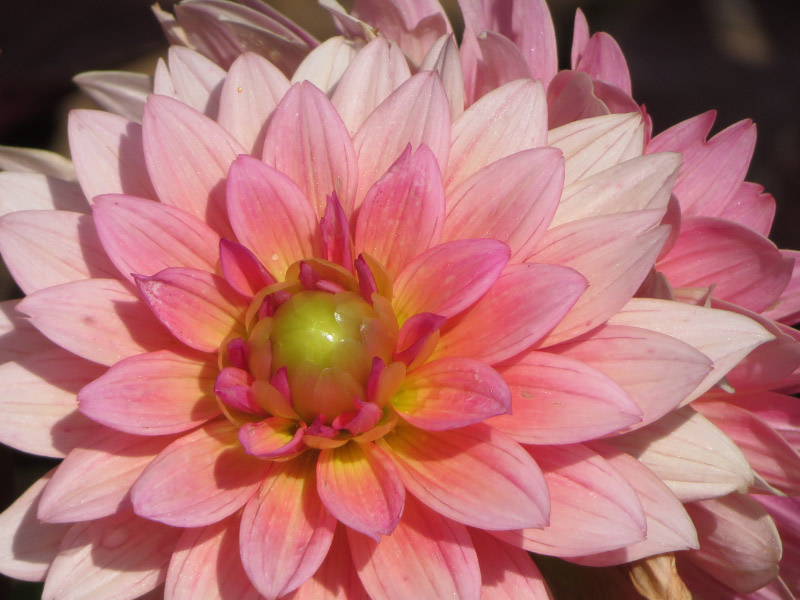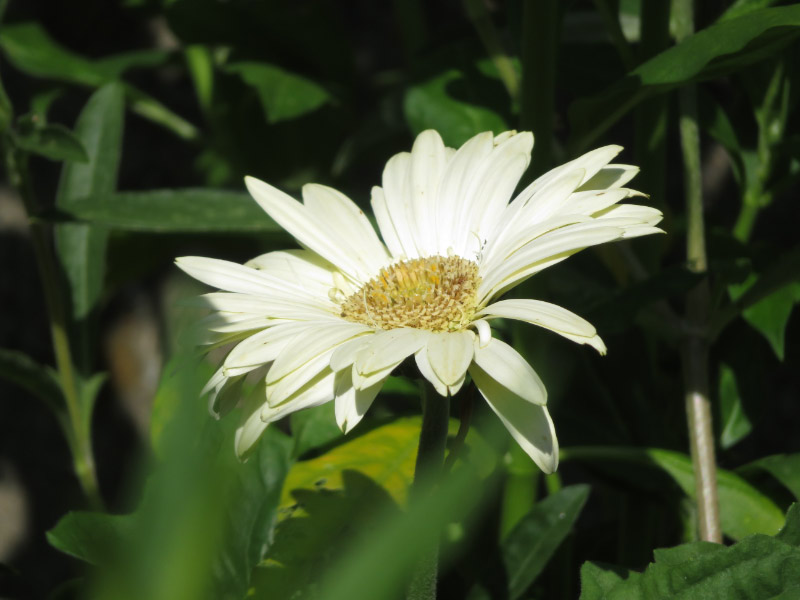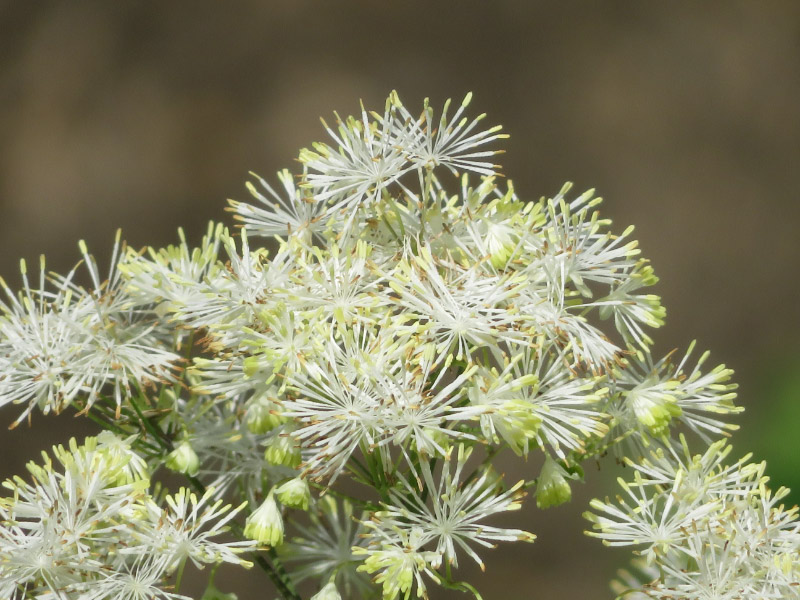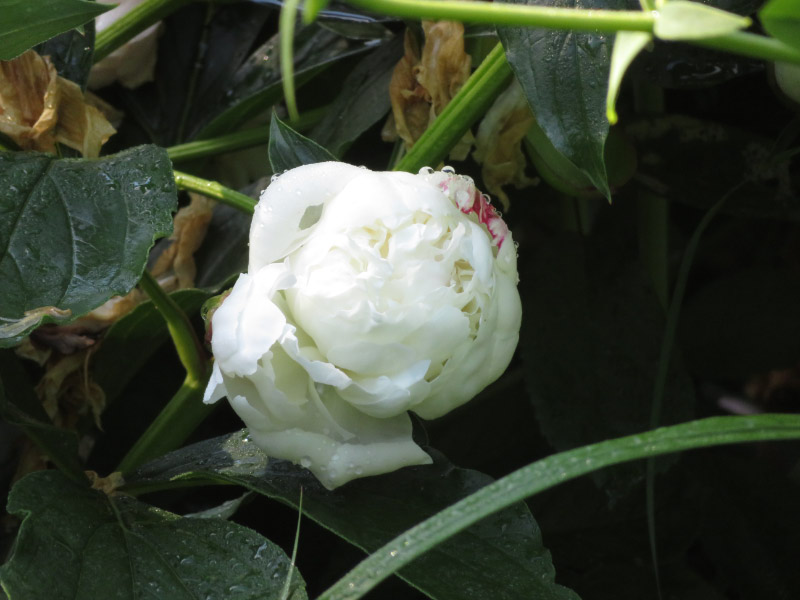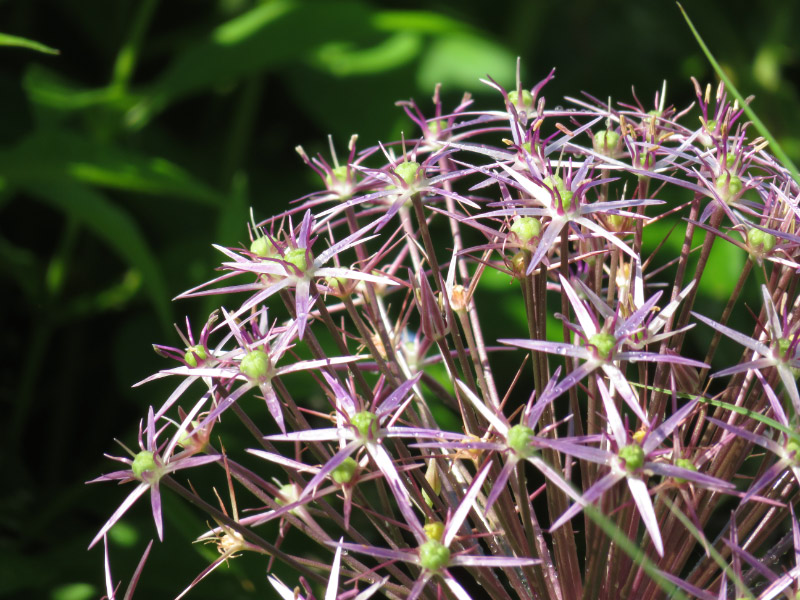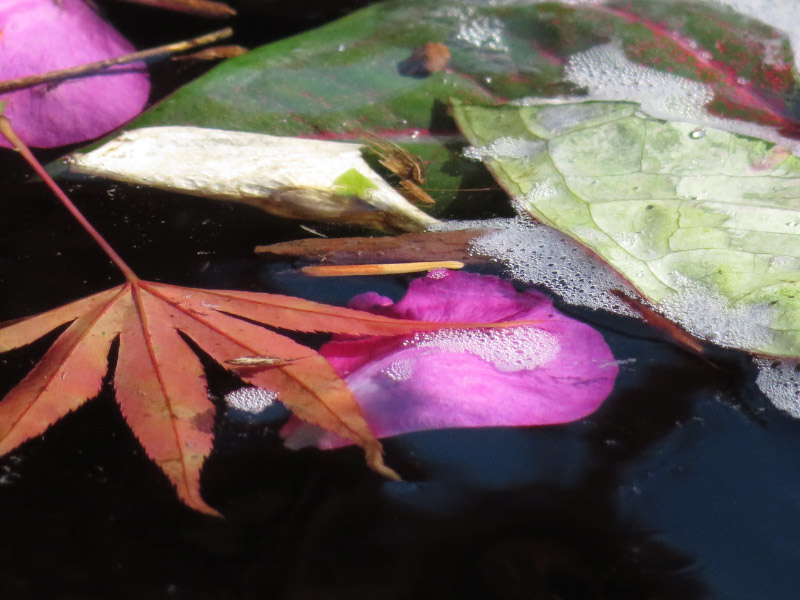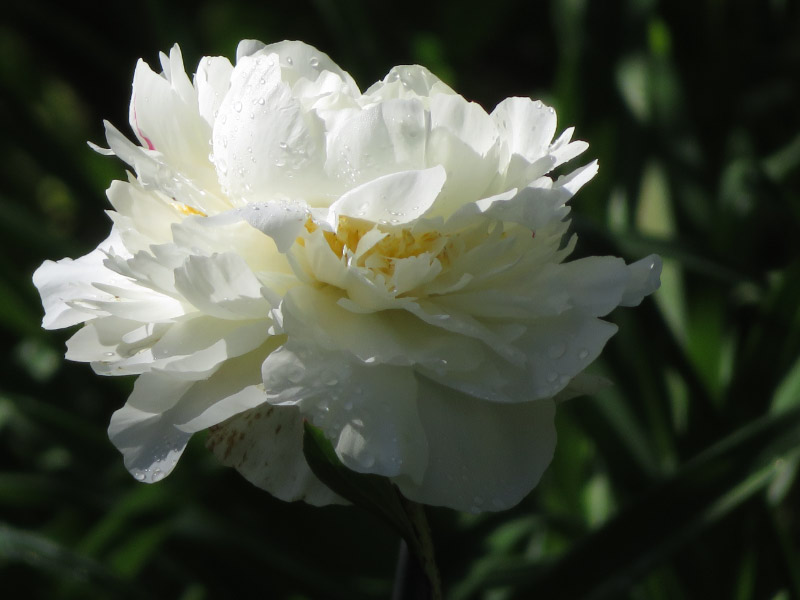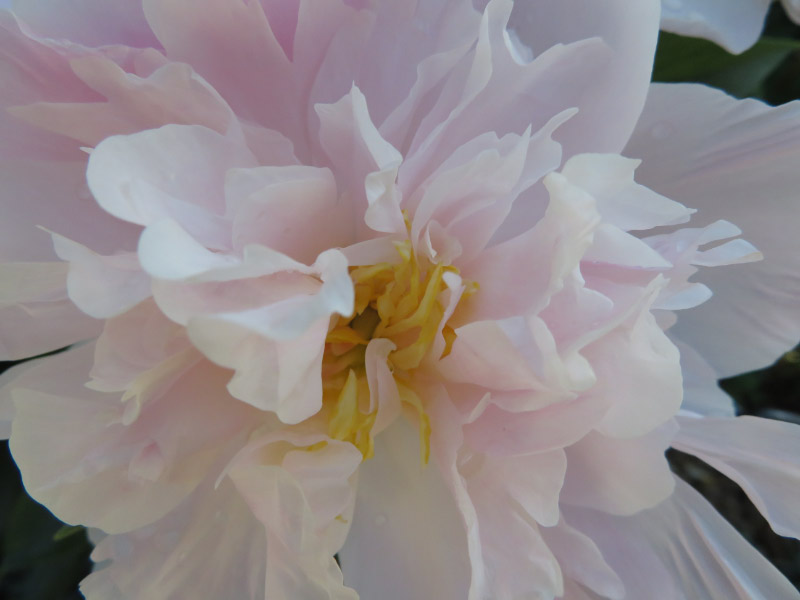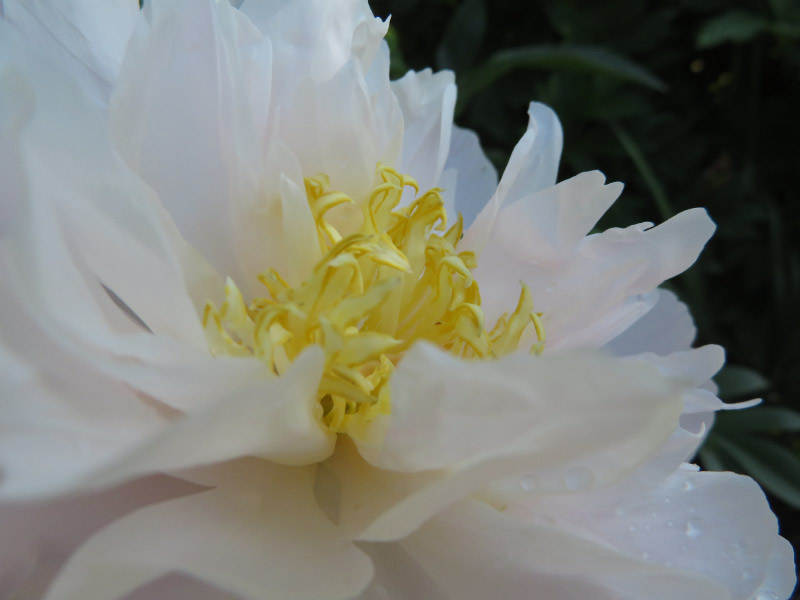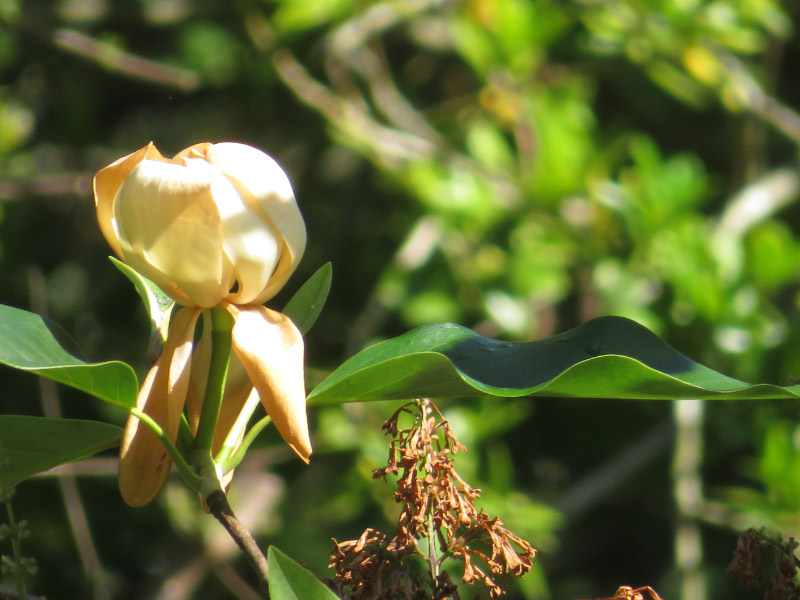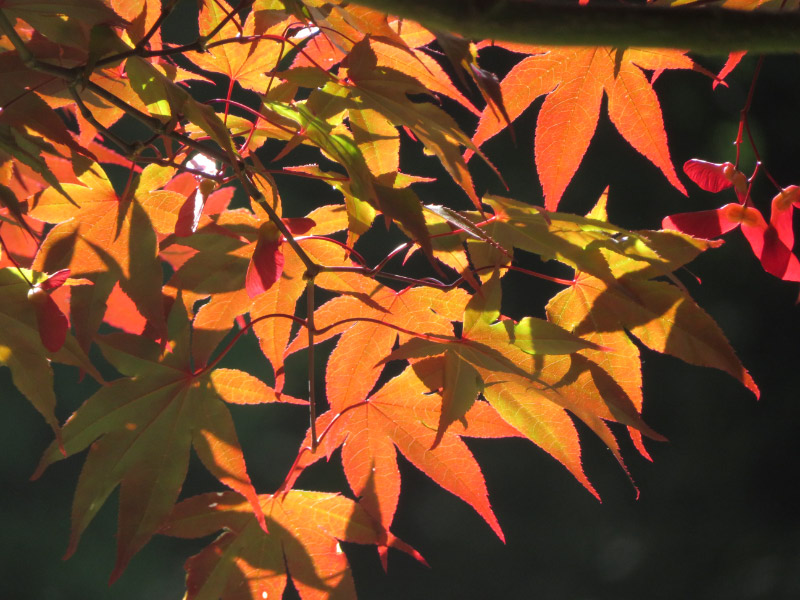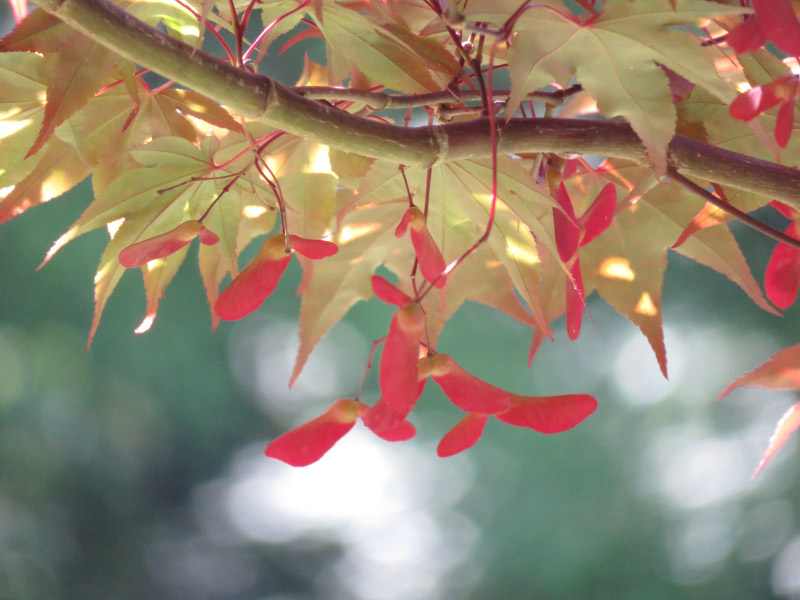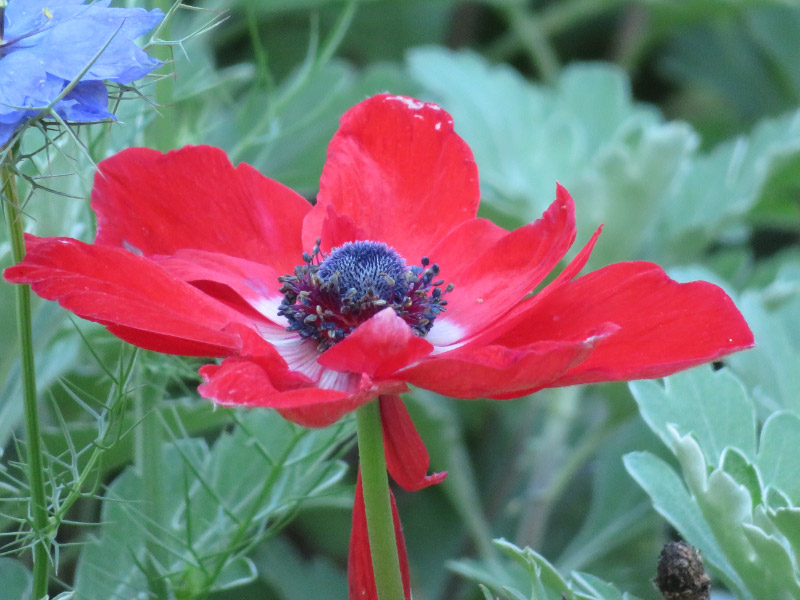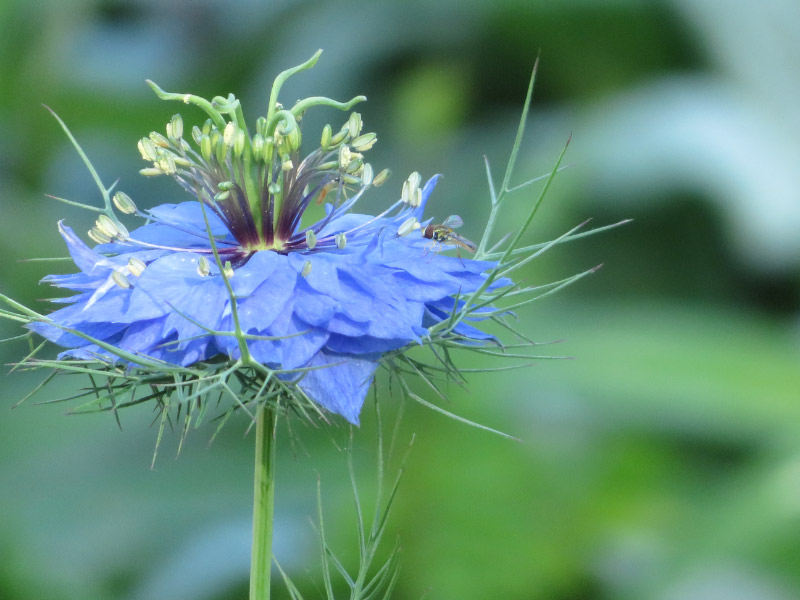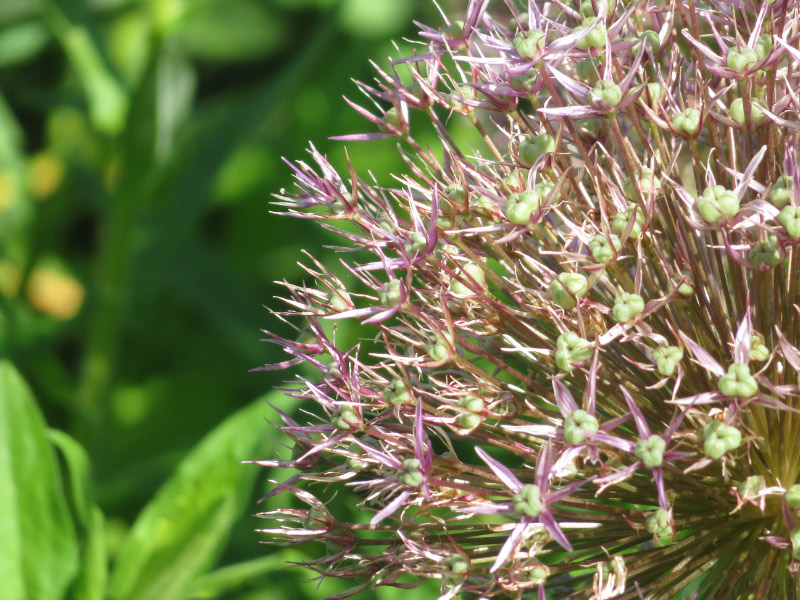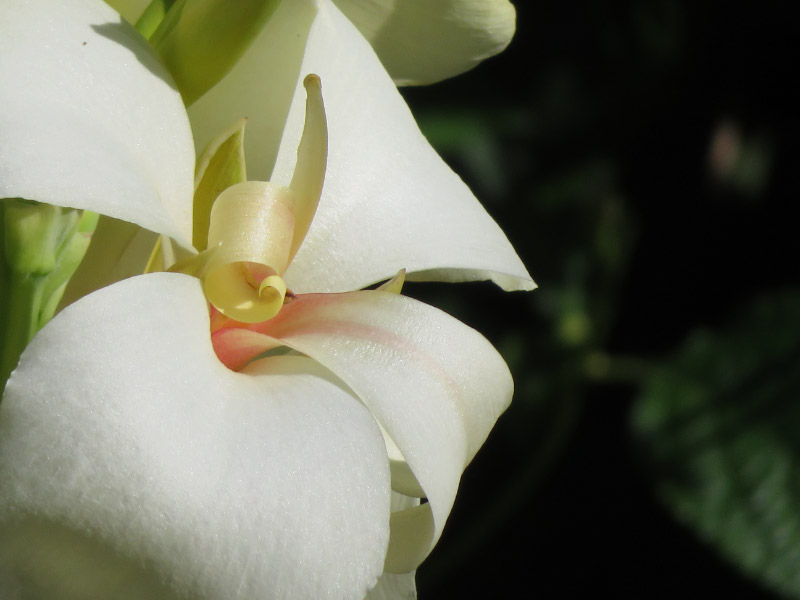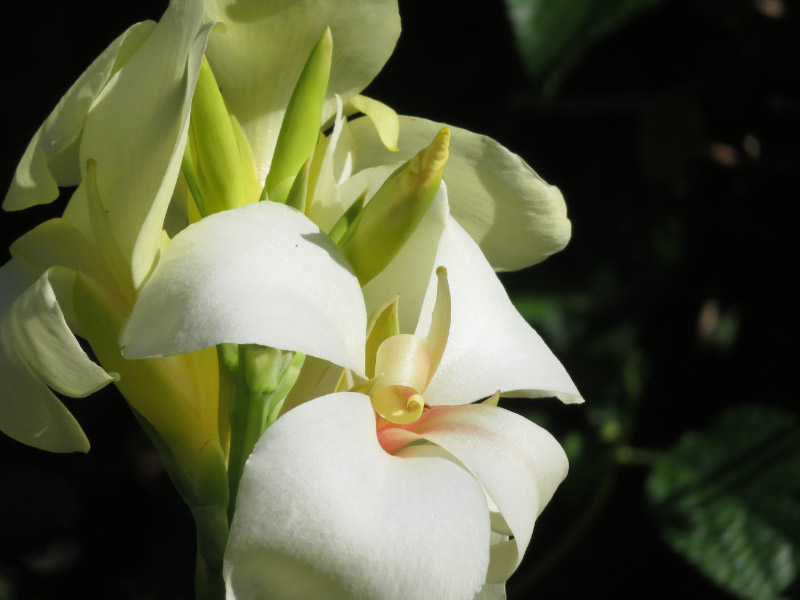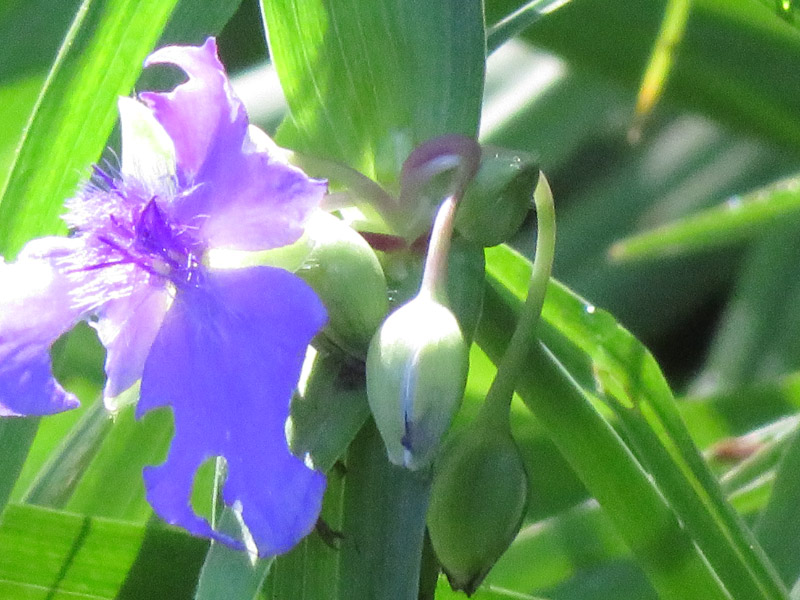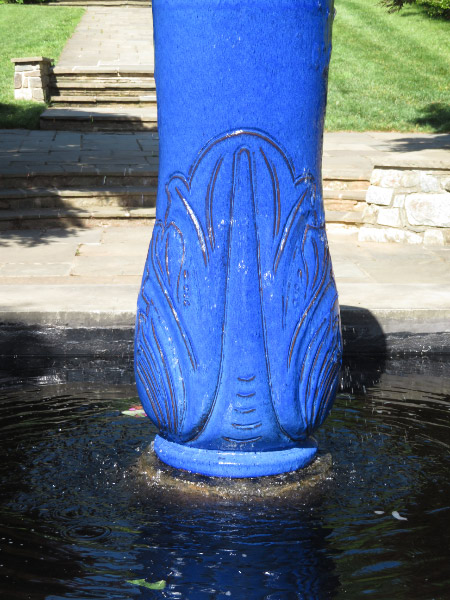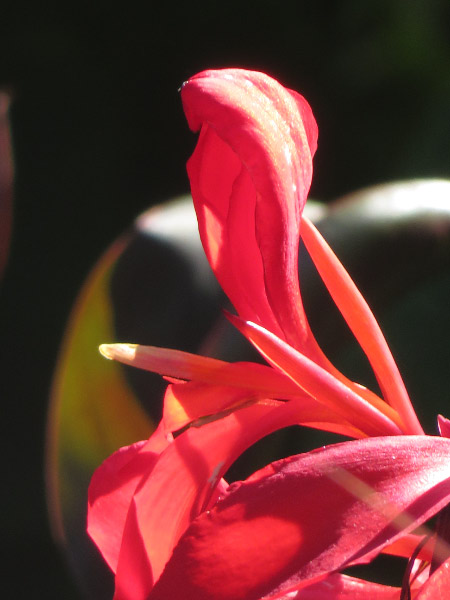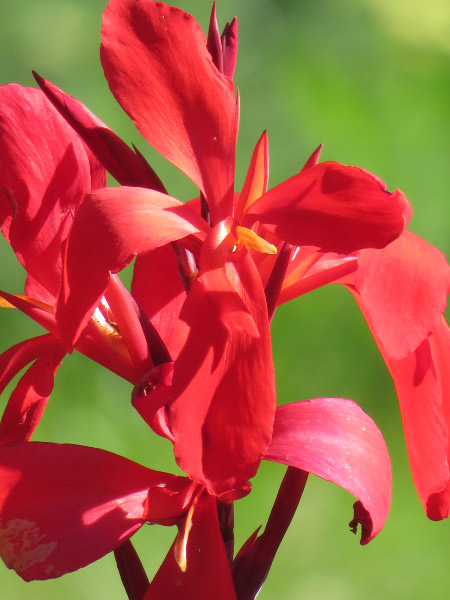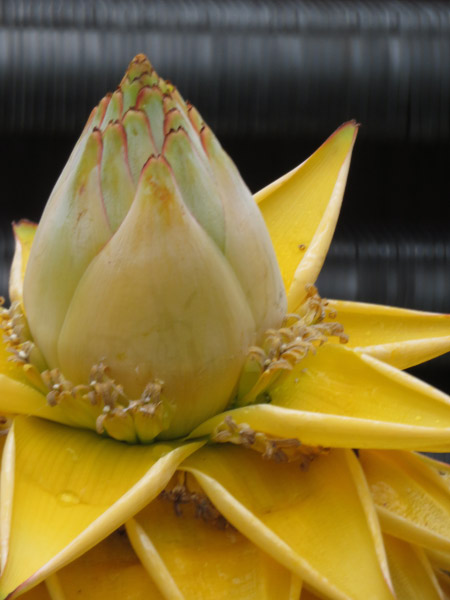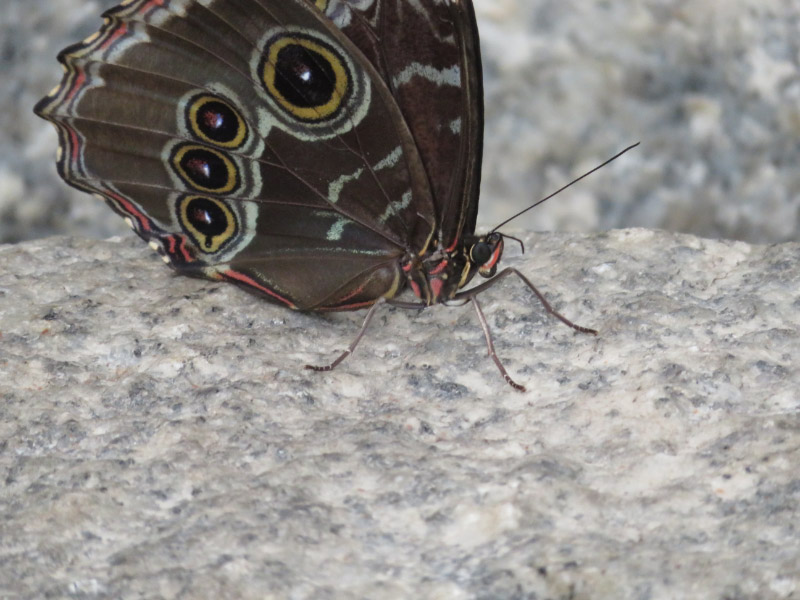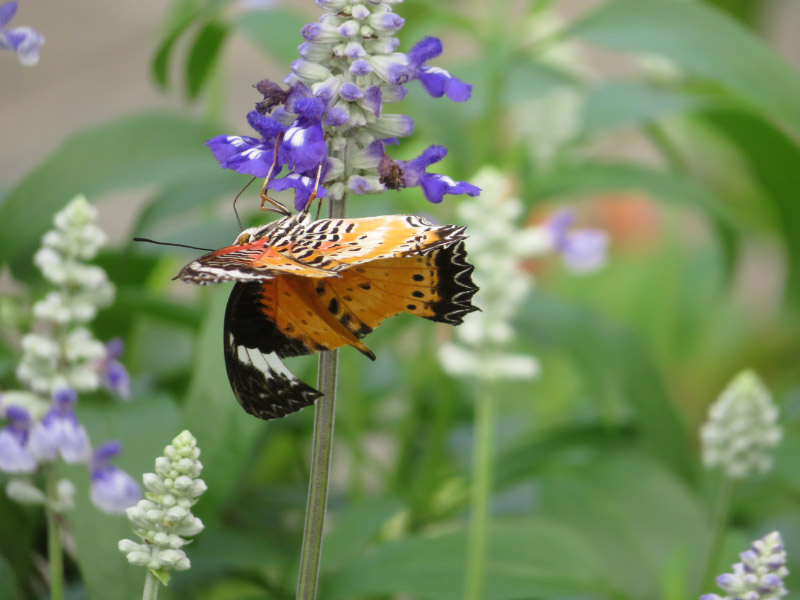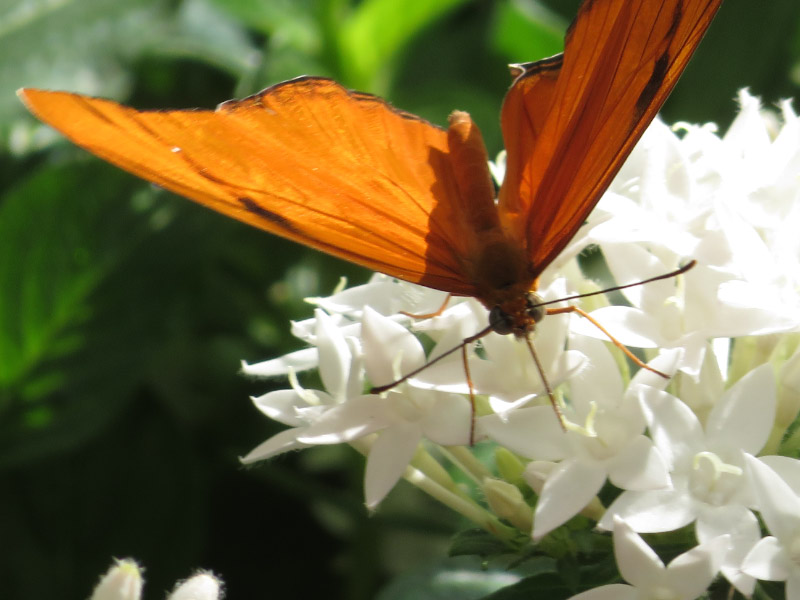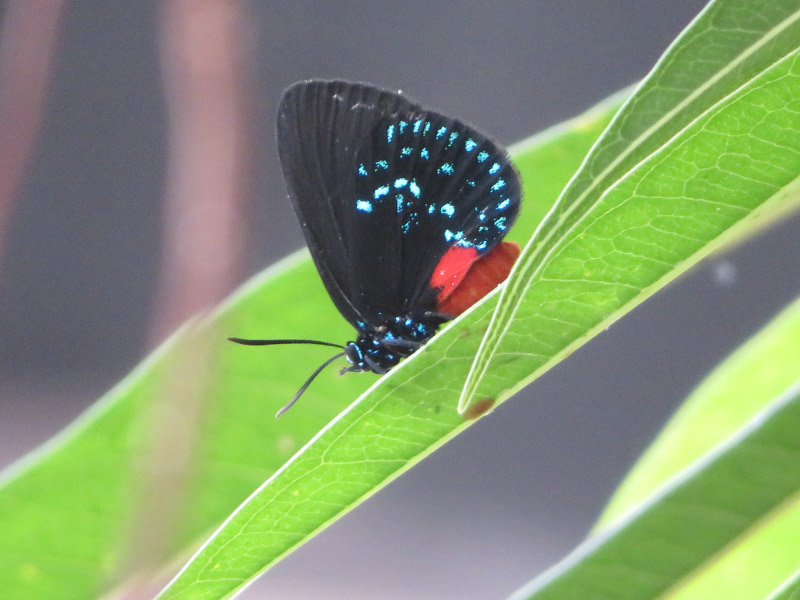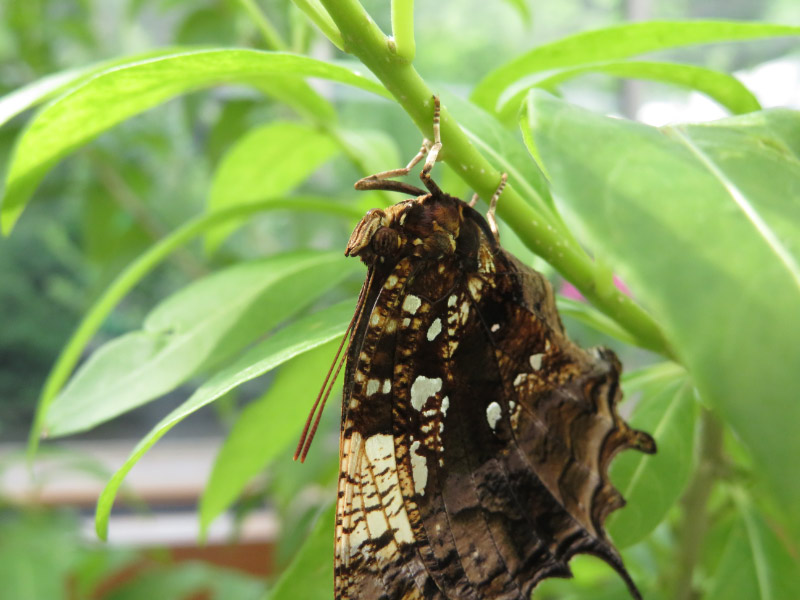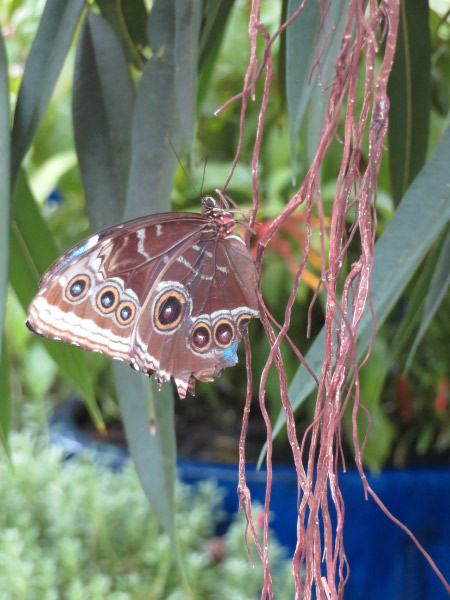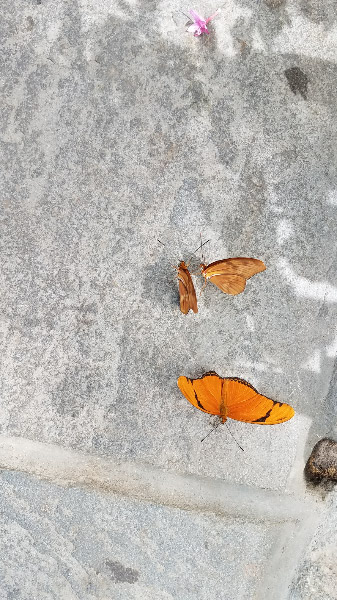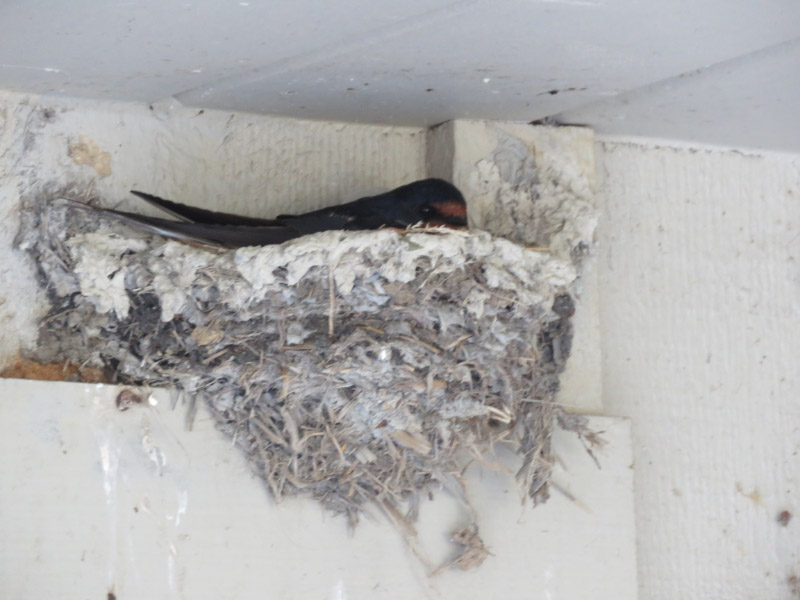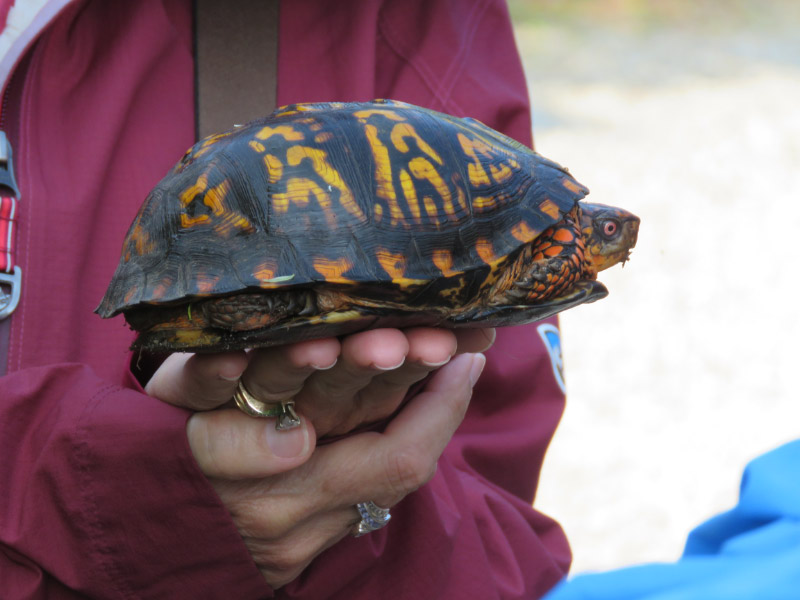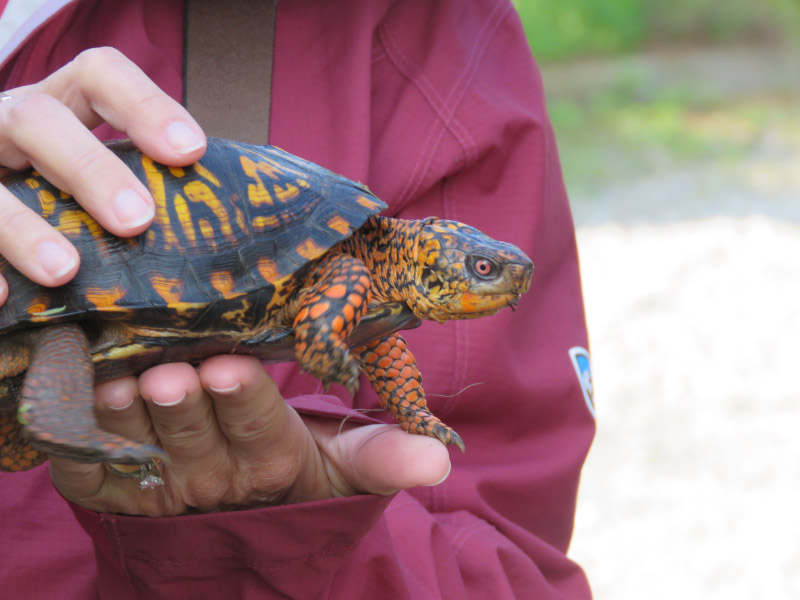Ten Little Celebrations – June 2019
/There was a lot going on in June – the last of the spring field trip season with Howard County Conservancy, the Wings of Fancy shifts, helping my daughter move from Pennsylvania to Missouri….and there were a lot of little celebrations along the way.
Springfield Art Museum – The first visit to a museum is always the best…because everything is new. This one was no exception….and it was free!
Luna moth – Finding a Luna Moth at a rest stop in Missouri was the high point of a long day of driving toward home. I celebrated that it was there….and that it was a pleasant surprise in an unexpected place.
First week of CSA – I am always thrilled to get the fresh produce from the Gorman Farm Community Supported Agriculture. Every meal I prepare with the CSA veggies is a celebration.
Frogs at Mt Pleasant – Finding the frogs in the small pond is like working a puzzle…you look carefully and finally see….and celebrate. I celebrated along with my hiking groups of elementary aged students too.
Perfect field trip weather at Belmont – I was braced for June field trips to be overly hot…but the weather for all of them at Belmont was near perfect. The pre-schoolers at Belmont celebrated being outdoors and I did too.
My summer office – I moved my home office to a room that doesn’t get direct sun in the afternoon (so doesn’t heat up) and celebrated that the new location provided a better vantage point to the bird feeder while I am working at my computer.
Kombucha – My new food find of the month was mint lemonade kombucha from Wegmans. I didn’t drink the whole bottle all at once…wanted to savor it so I had about 1/3 each day for 3 days. Yummy! I might not get it every week…maybe only for a celebration.
1st monarch butterfly and caterpillar sighting of the year – I celebrated a Monarch butterfly on some milkweed at Brookside Gardens and then a Monarch caterpillar on another milkweed nearby. It’s always a milestone for the butterflies to make it Maryland and start laying eggs. The milkweed is blooming and sweet…plenty of food for the caterpillars.
1st Zentangle® class is history – I celebrated leading my first Zentangle class…and the tiles created by the students.
Fledglings – I celebrated seeing several fledglings come to our birdfeeder over the past few weeks: downy woodpecker, titmouse, Carolina chickadee, and catbird. Our maple tree seems to be a popular place for many of these birds….or maybe they just come through that tree from the forest and return to the forest the same way.



























